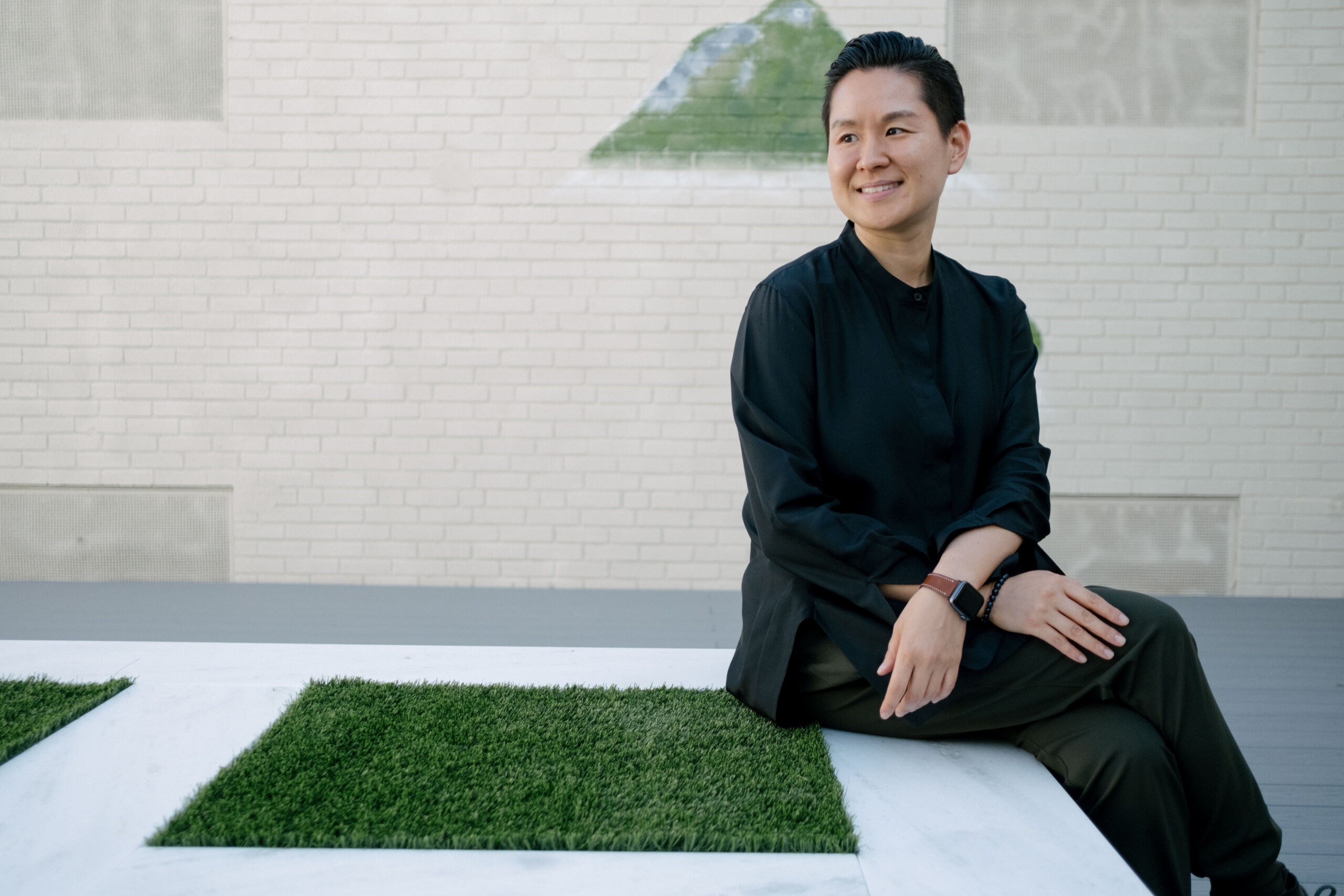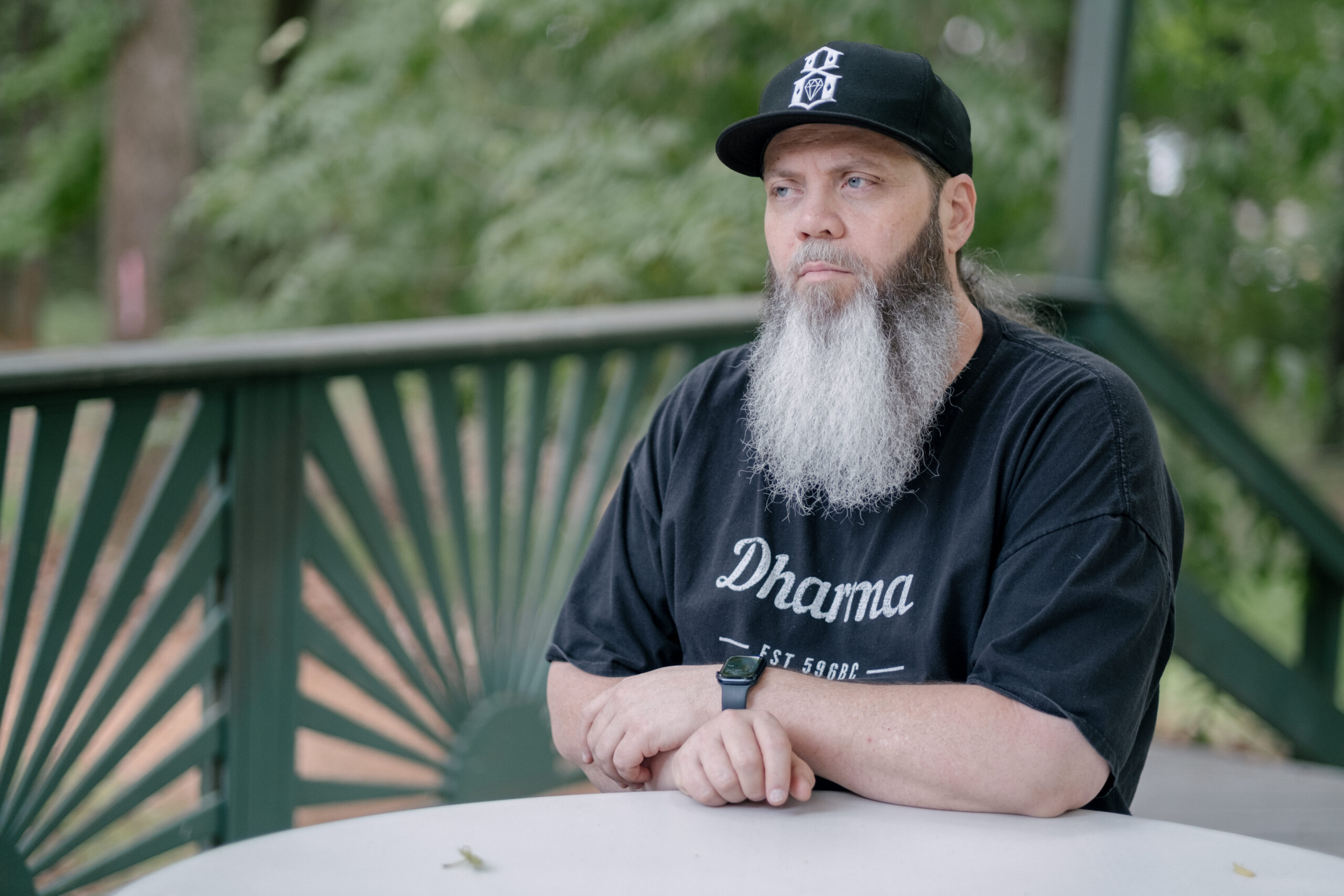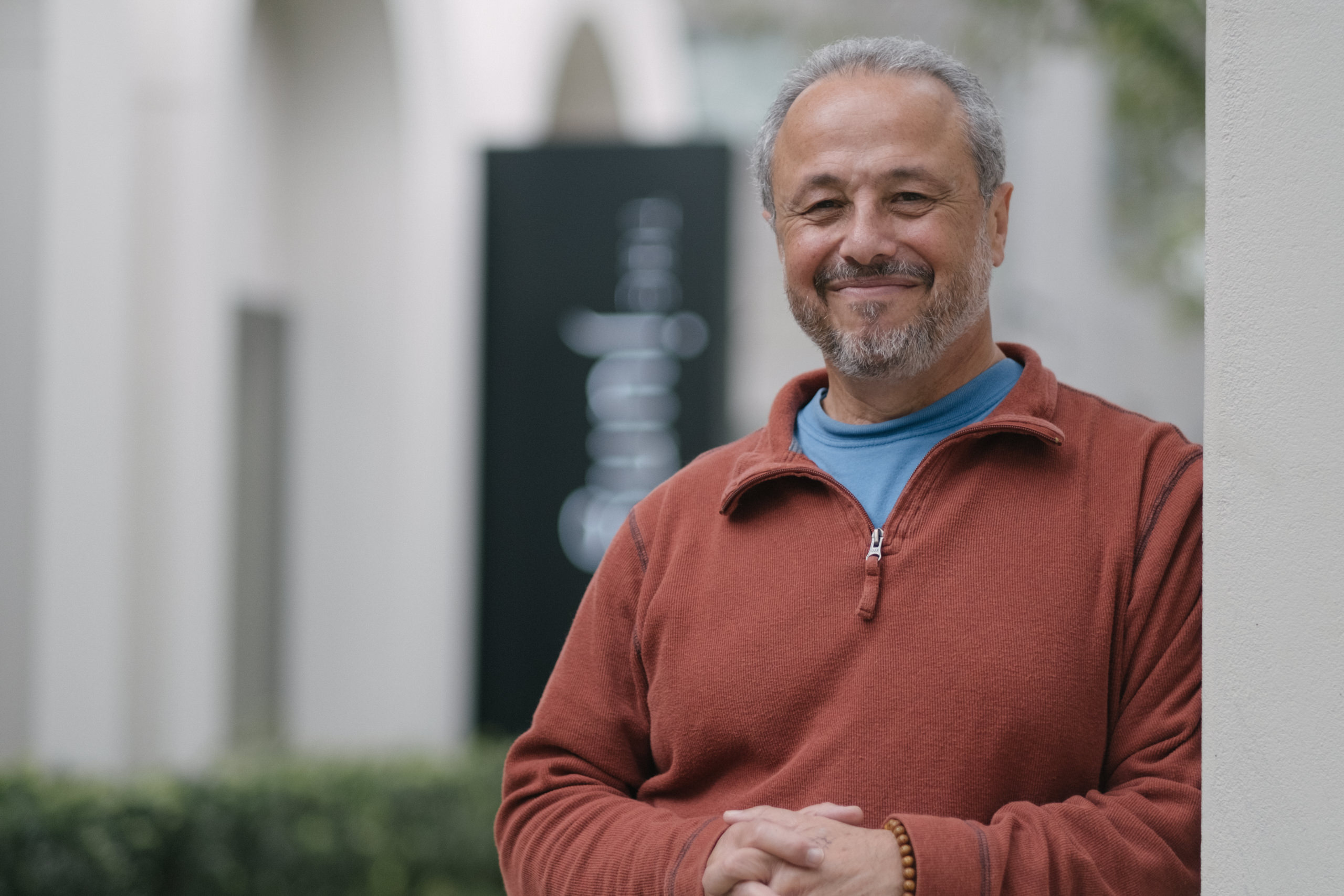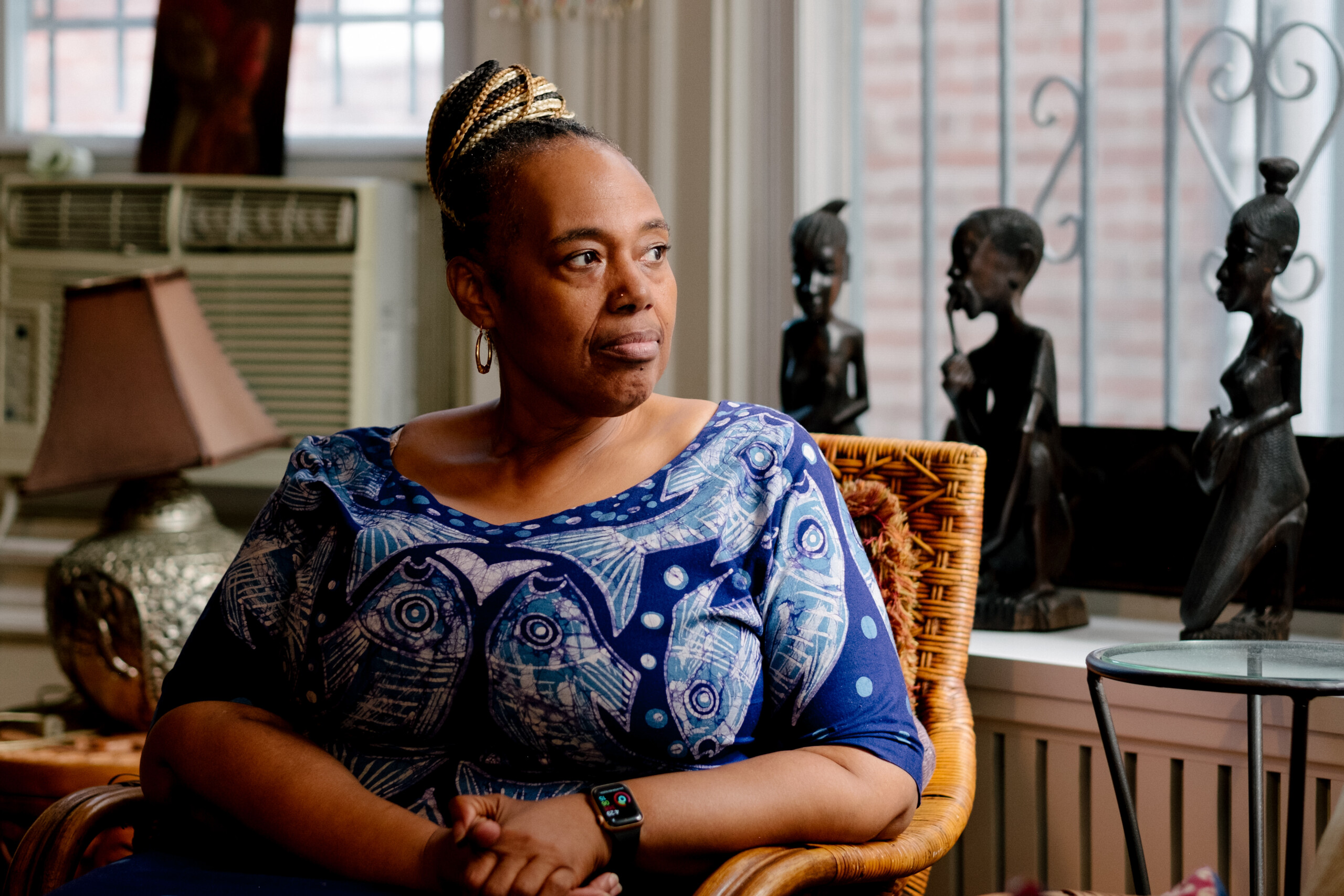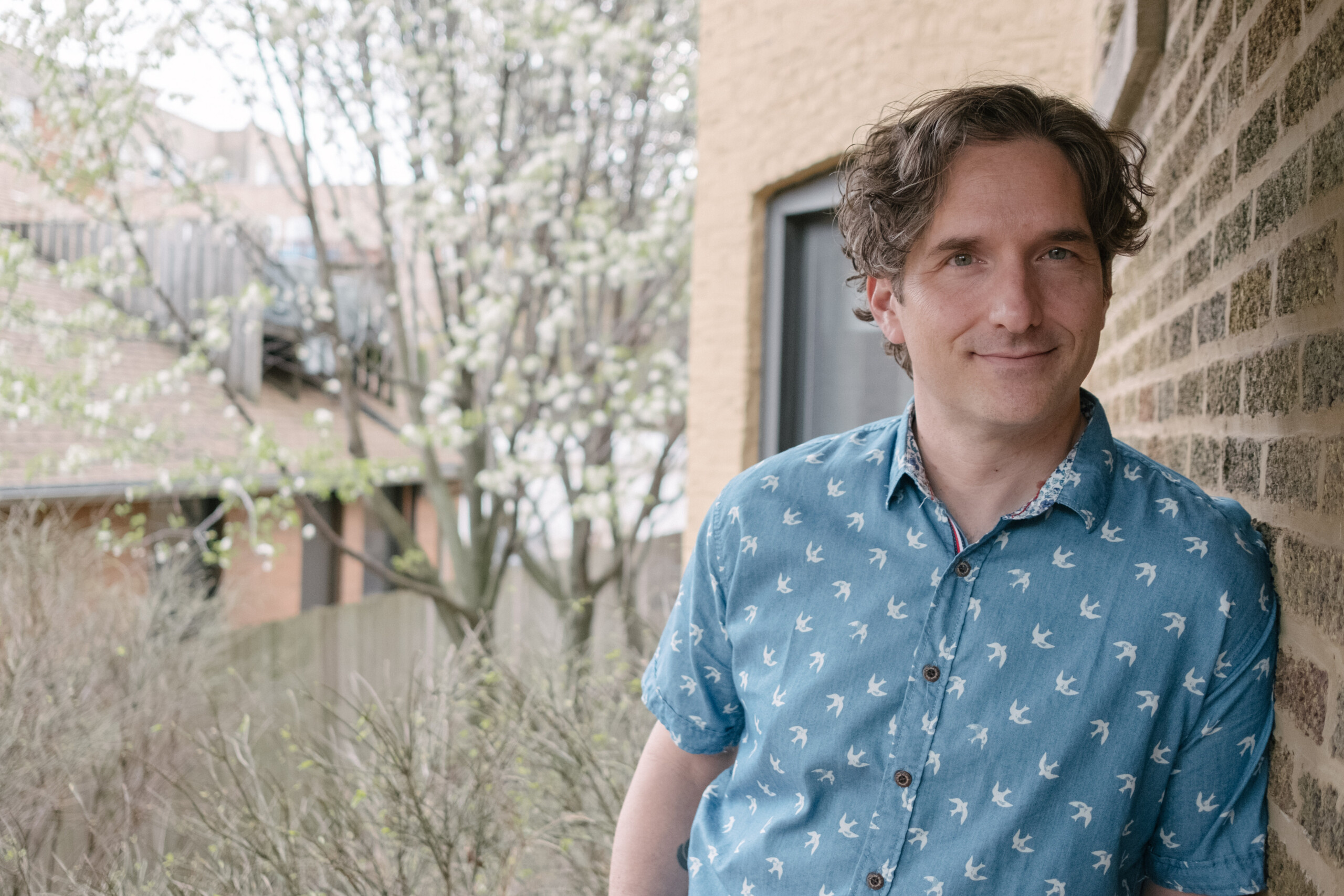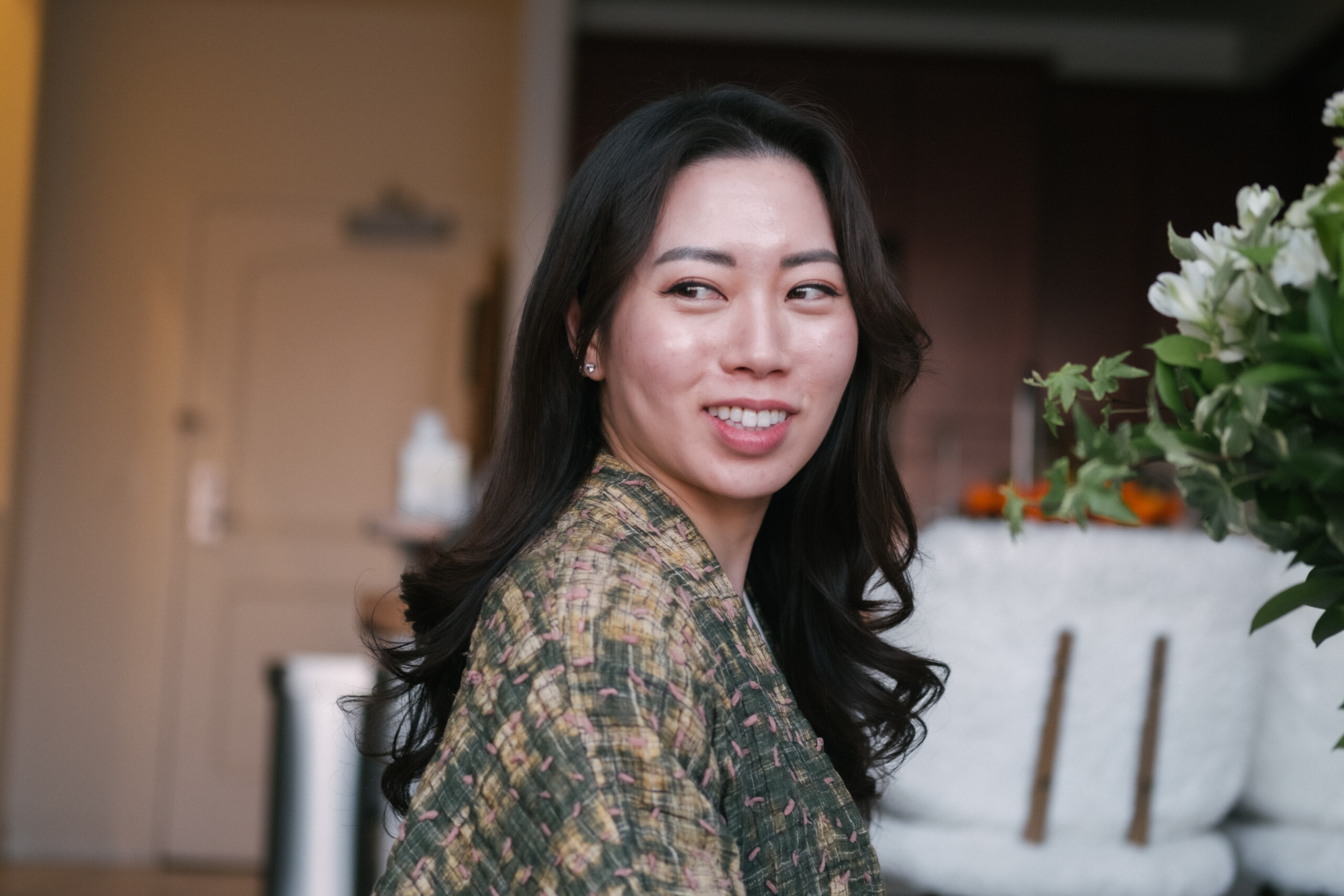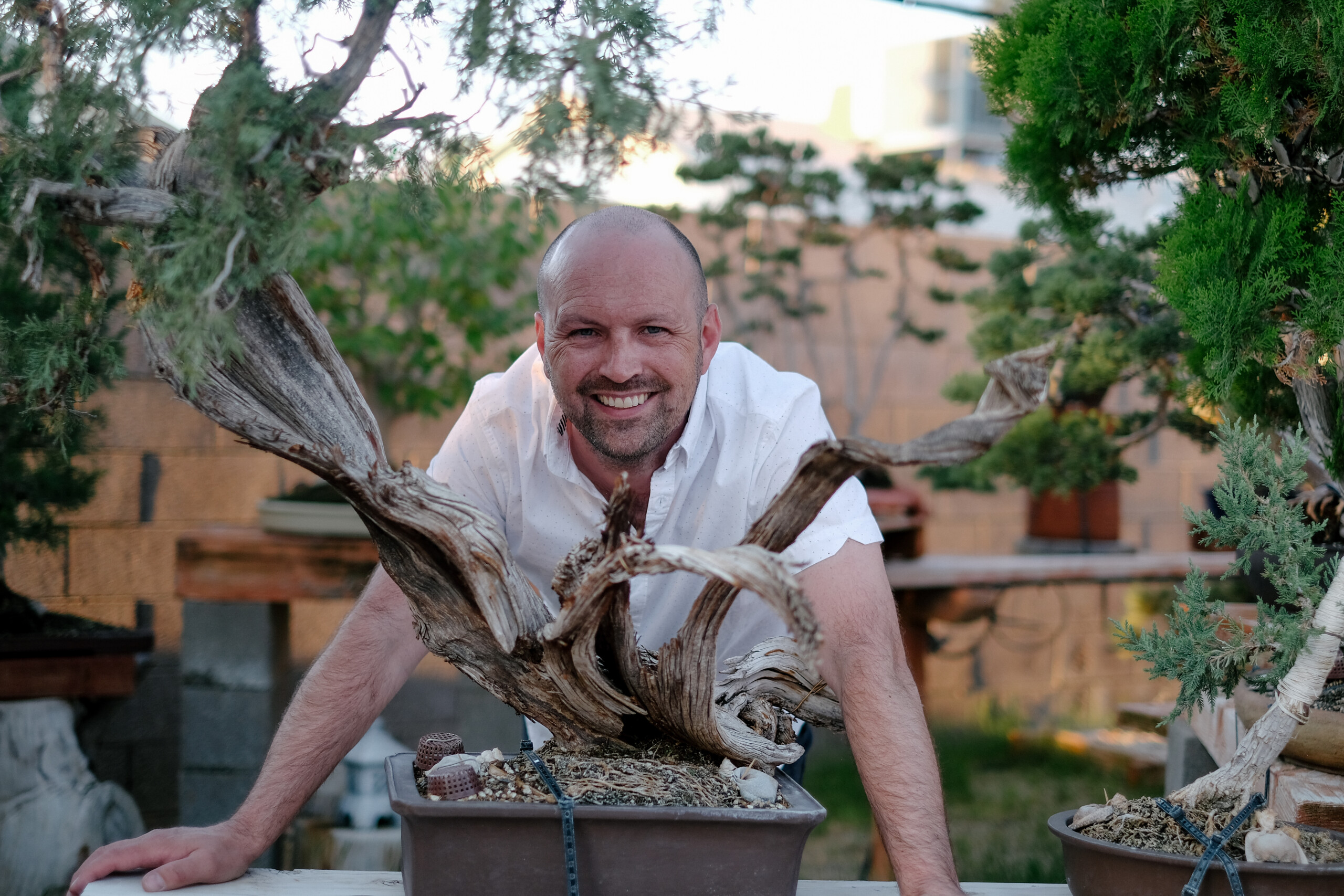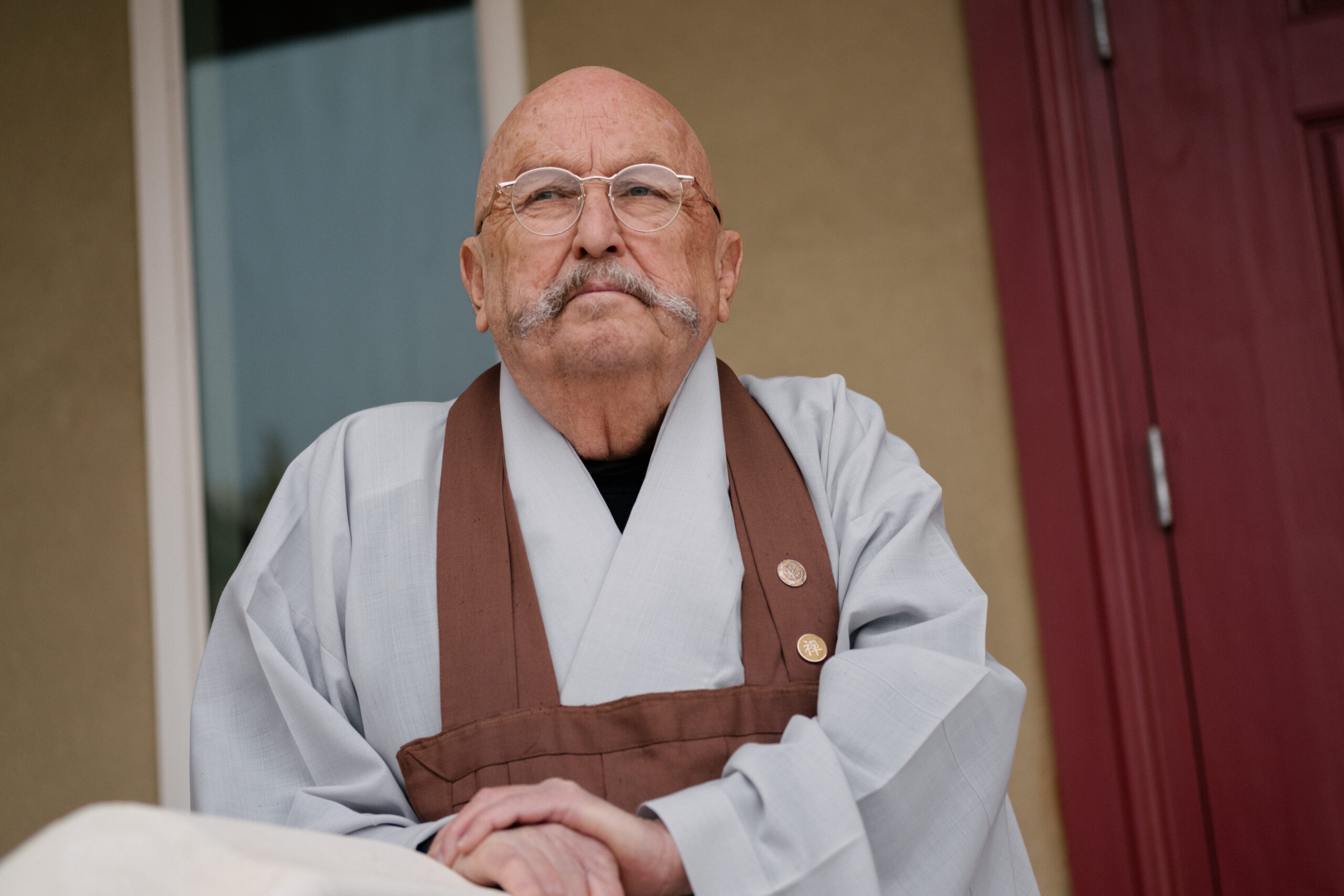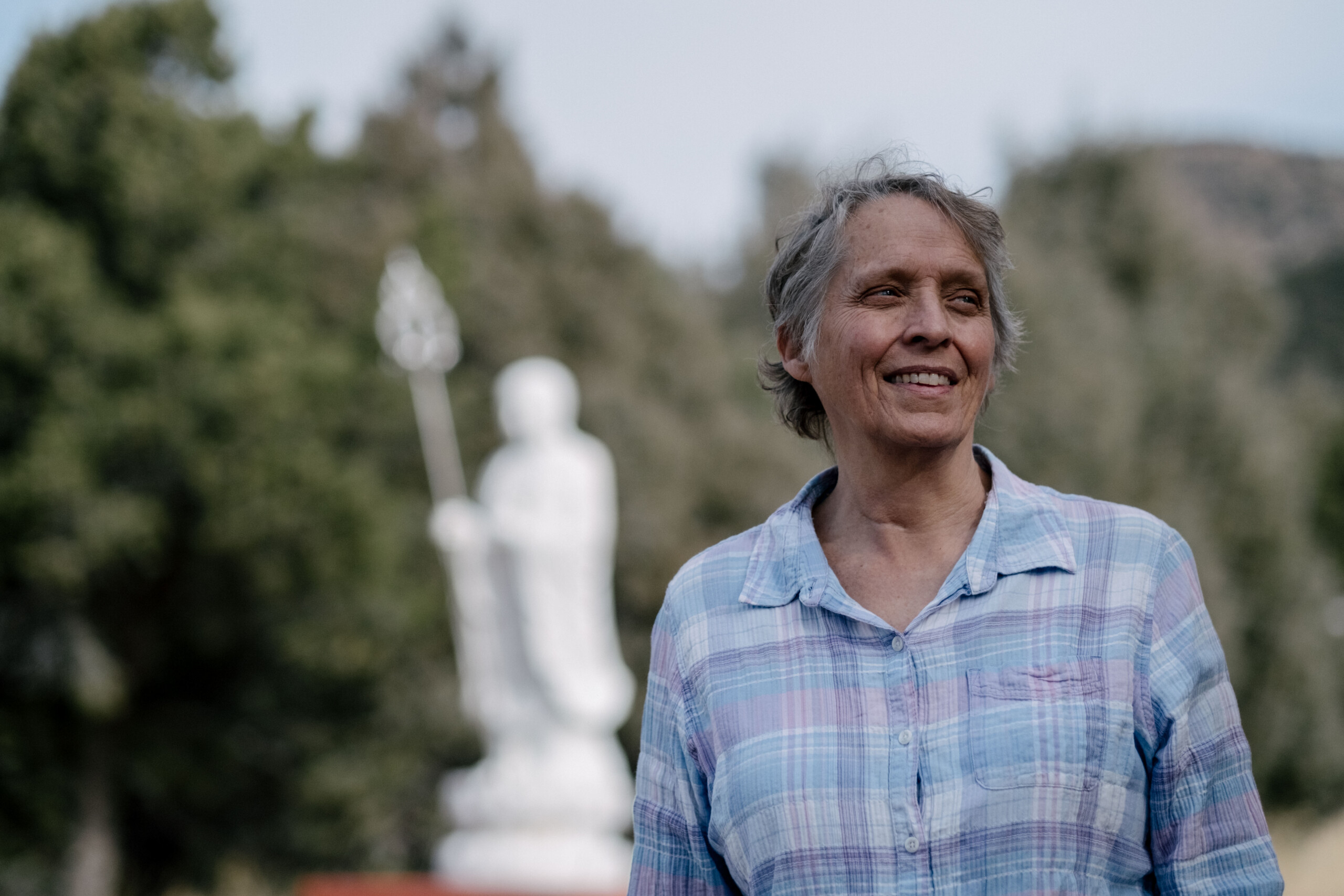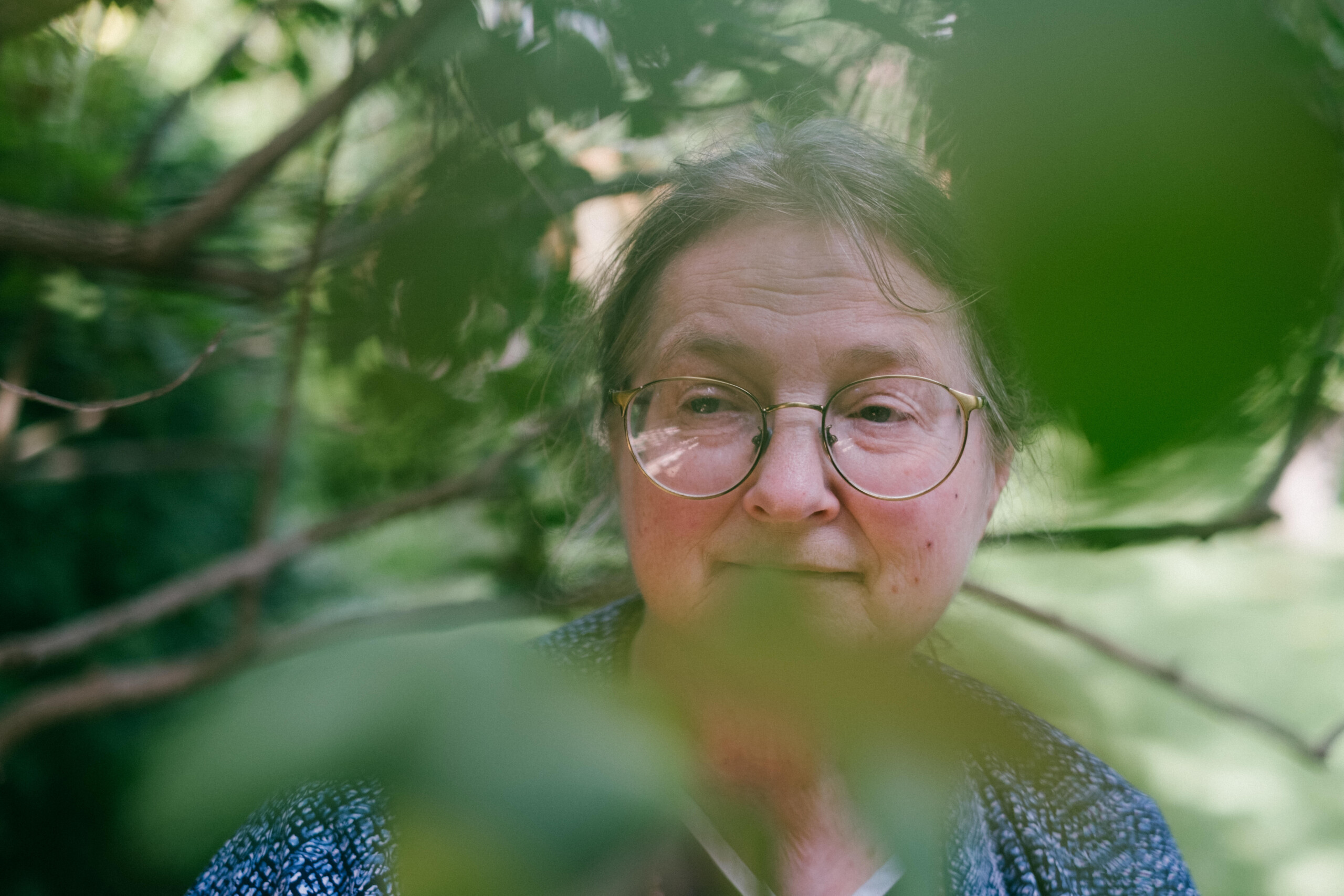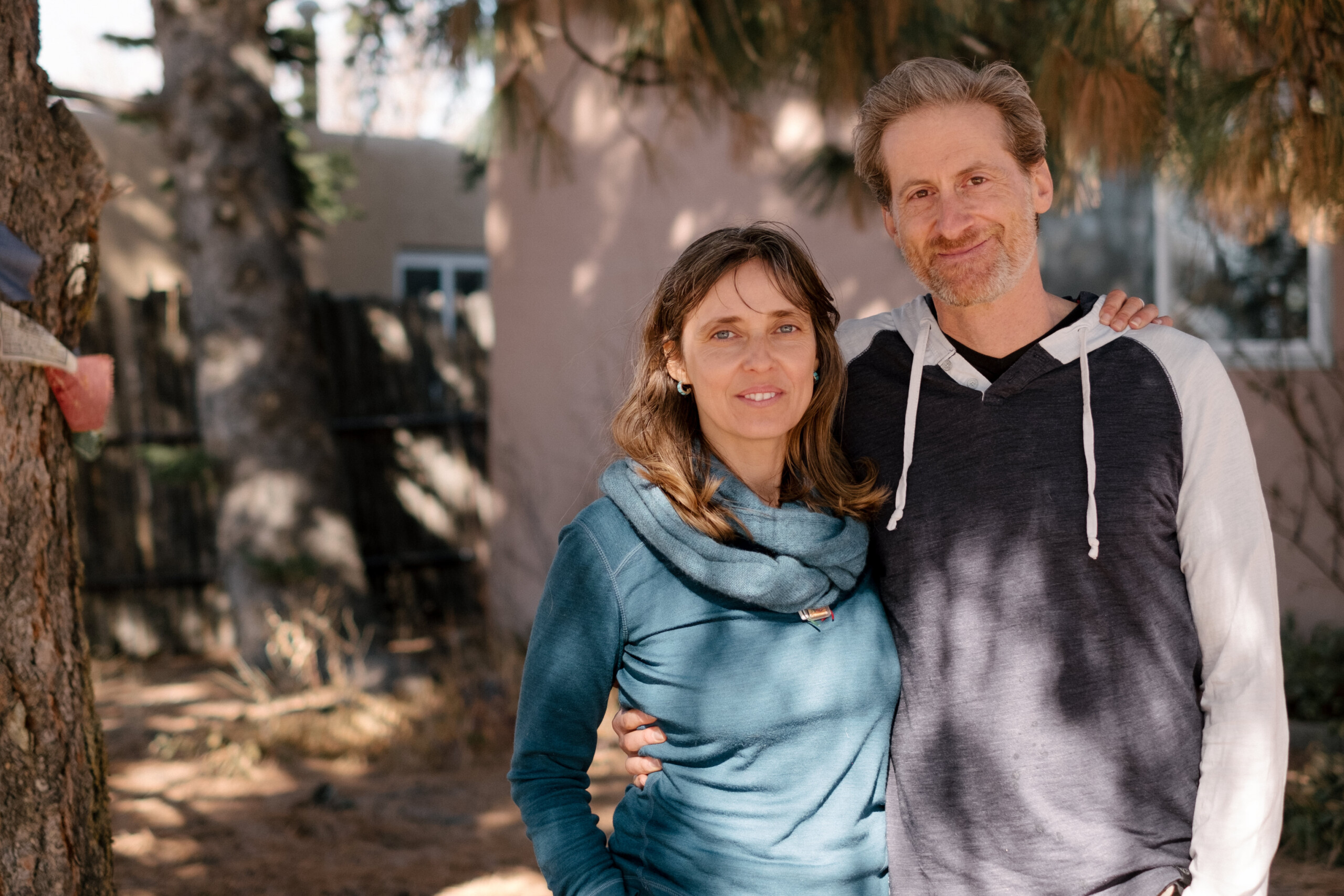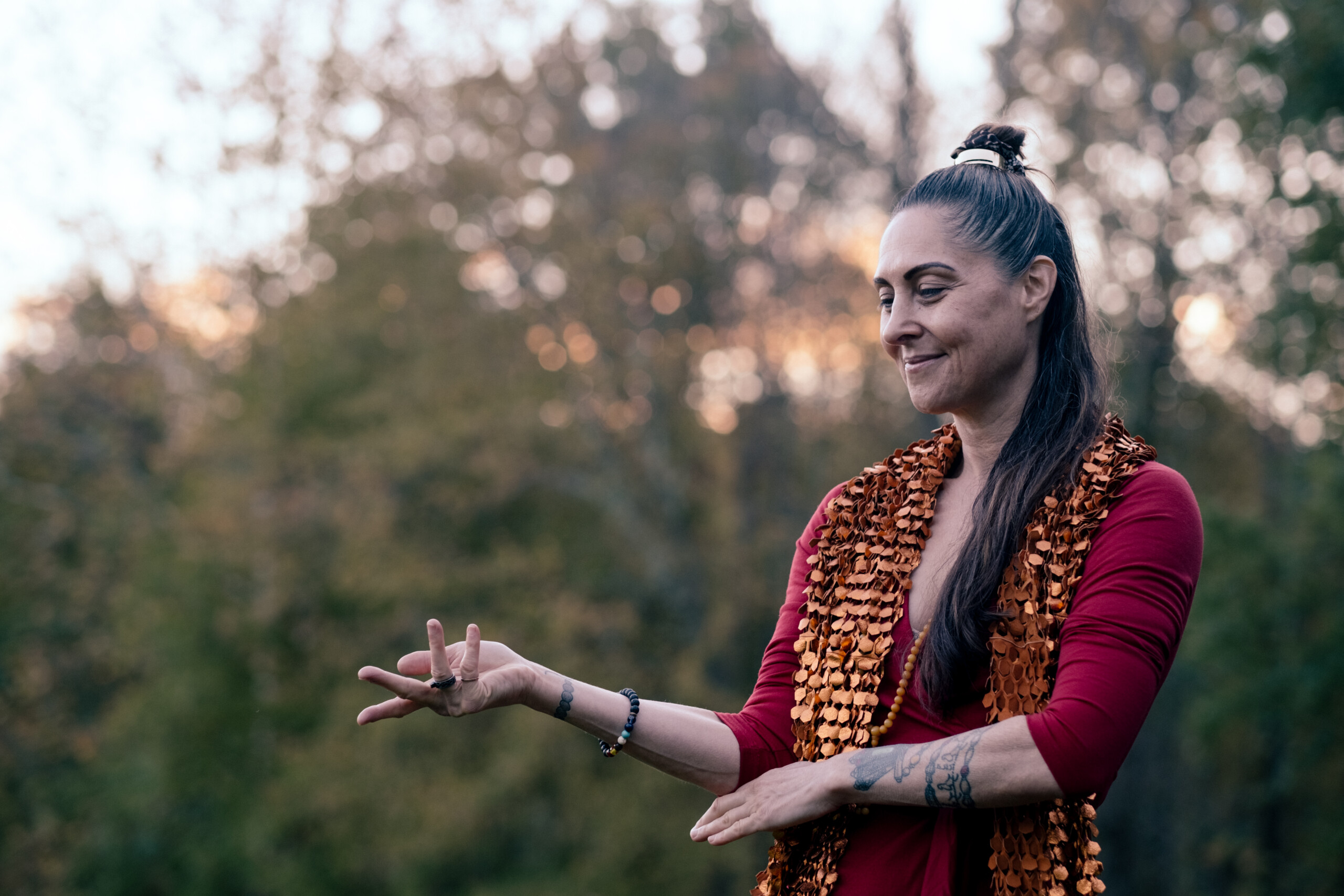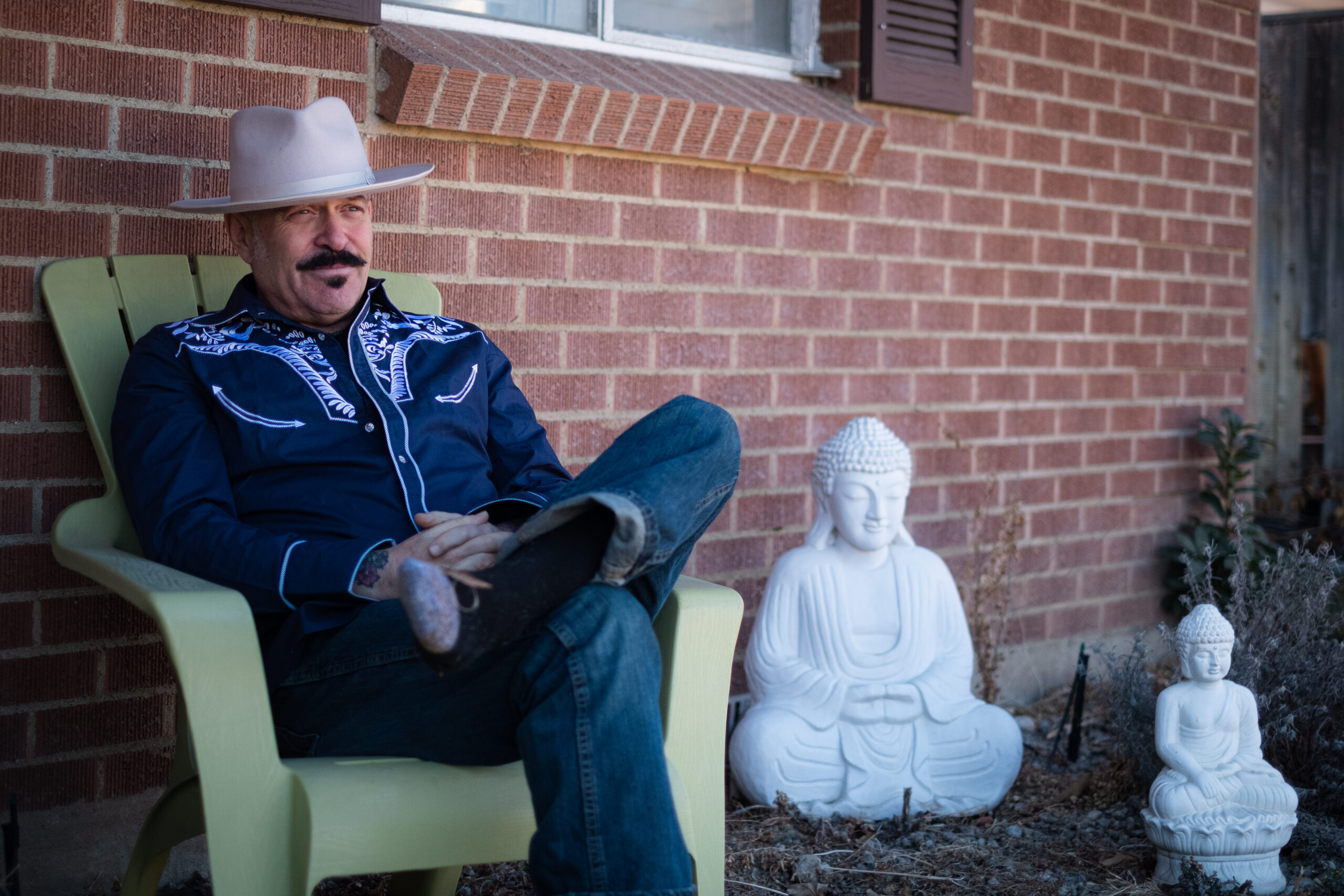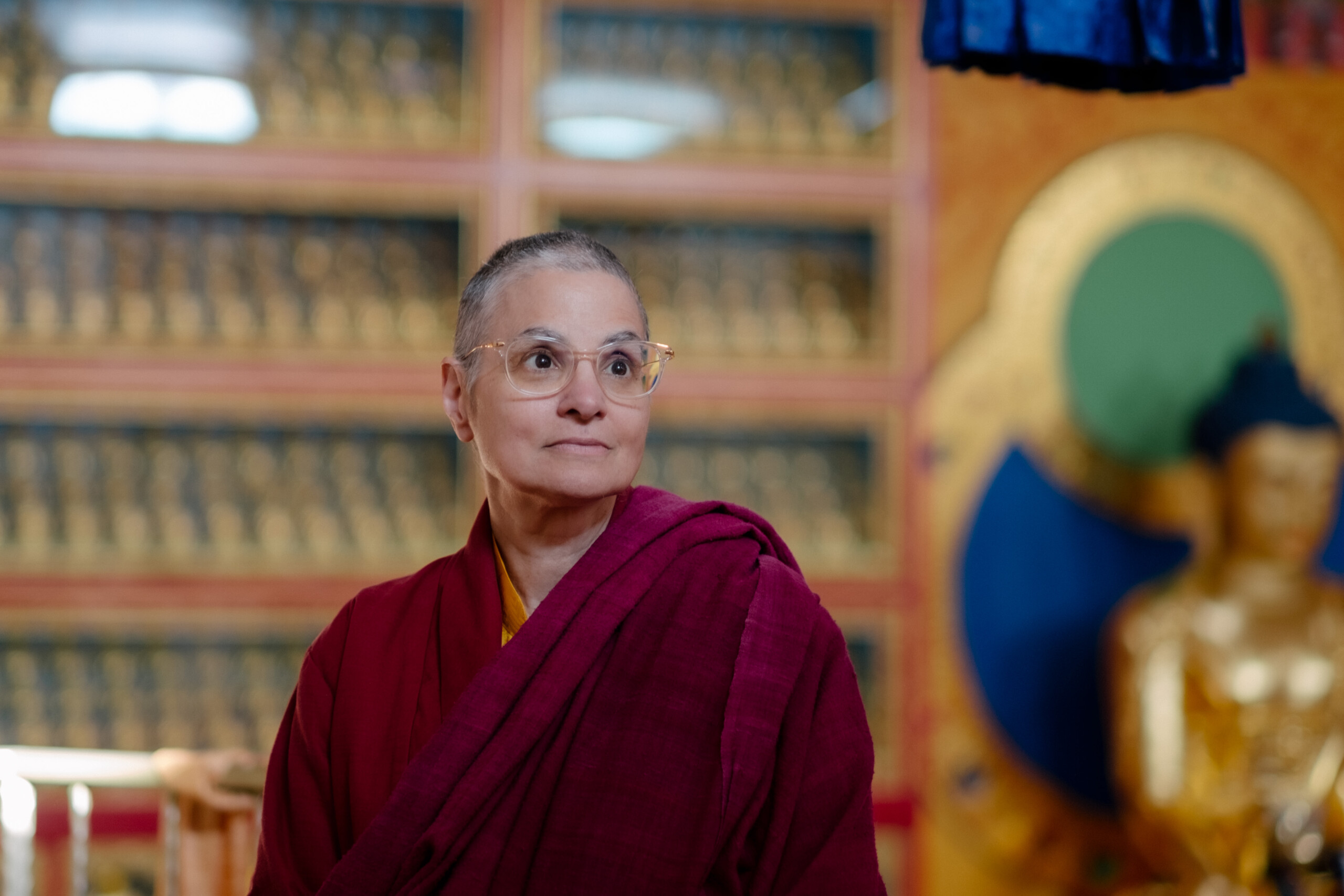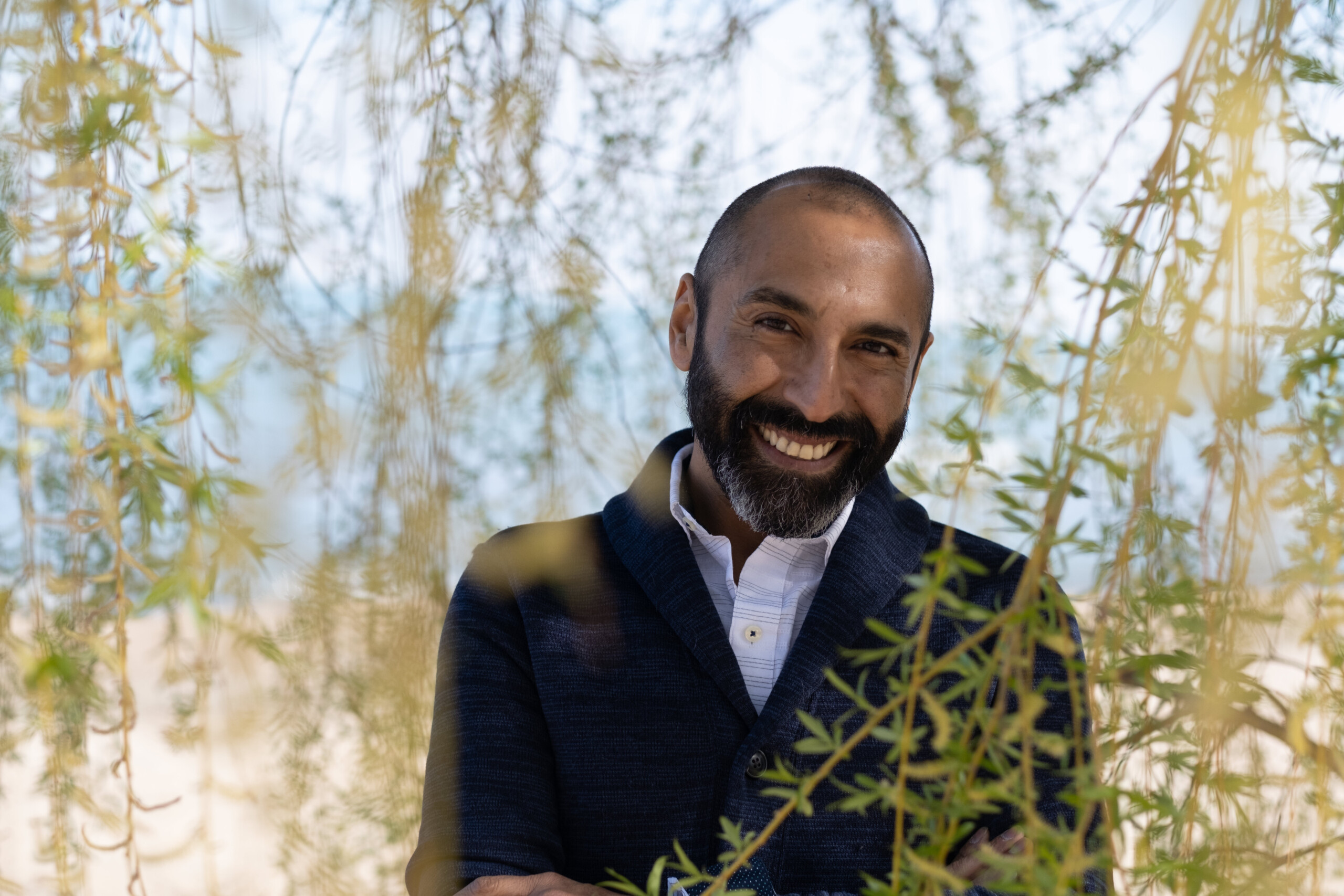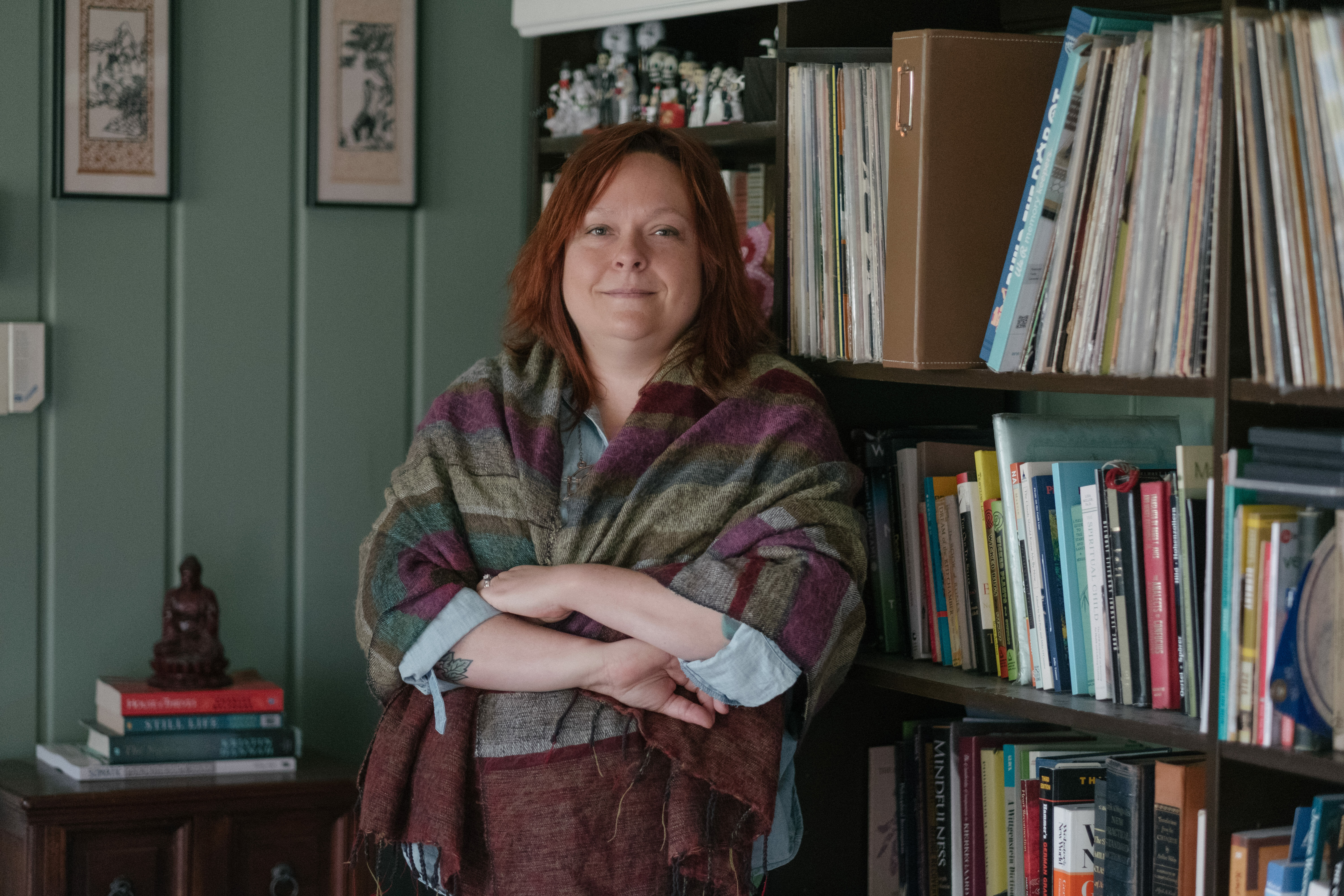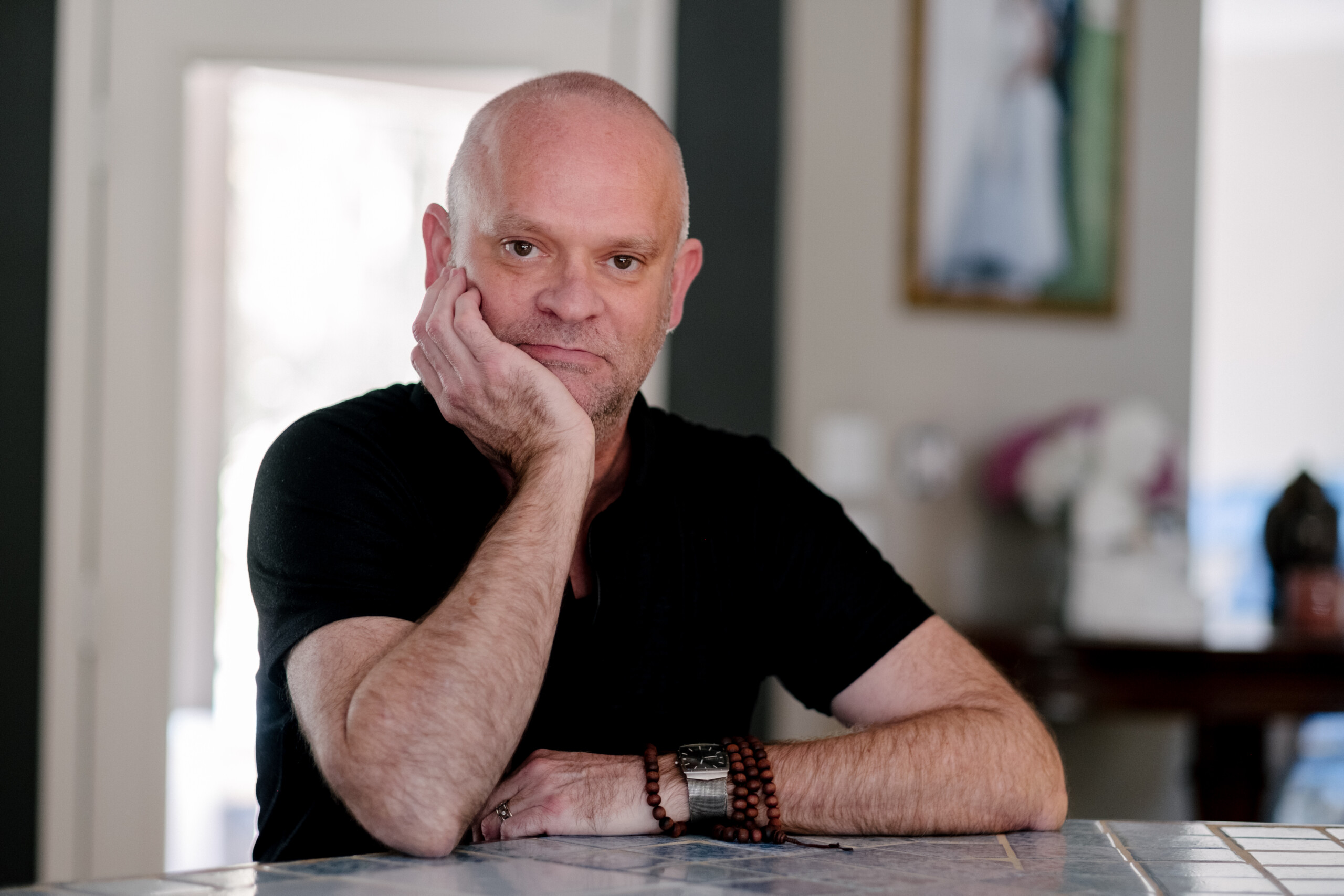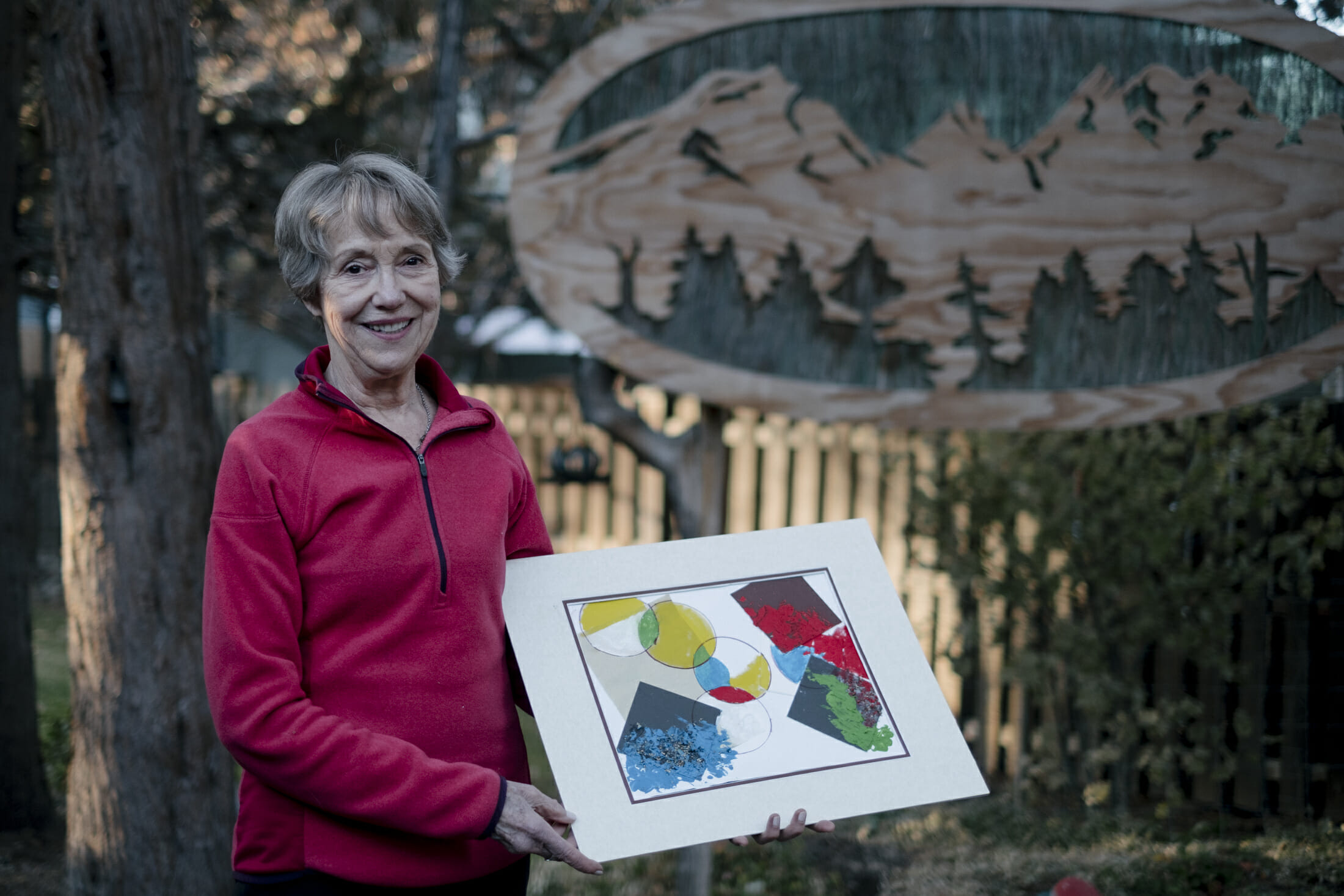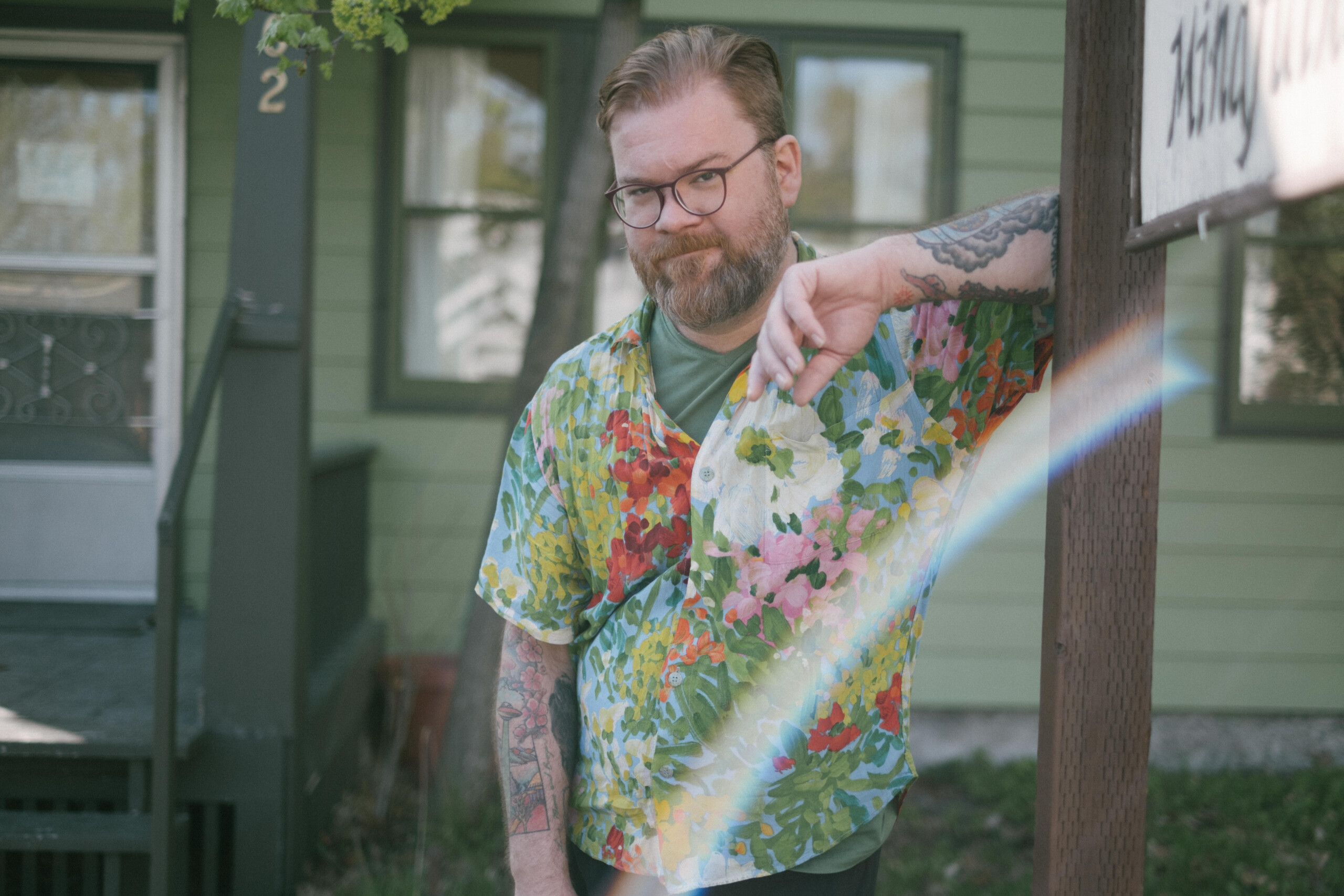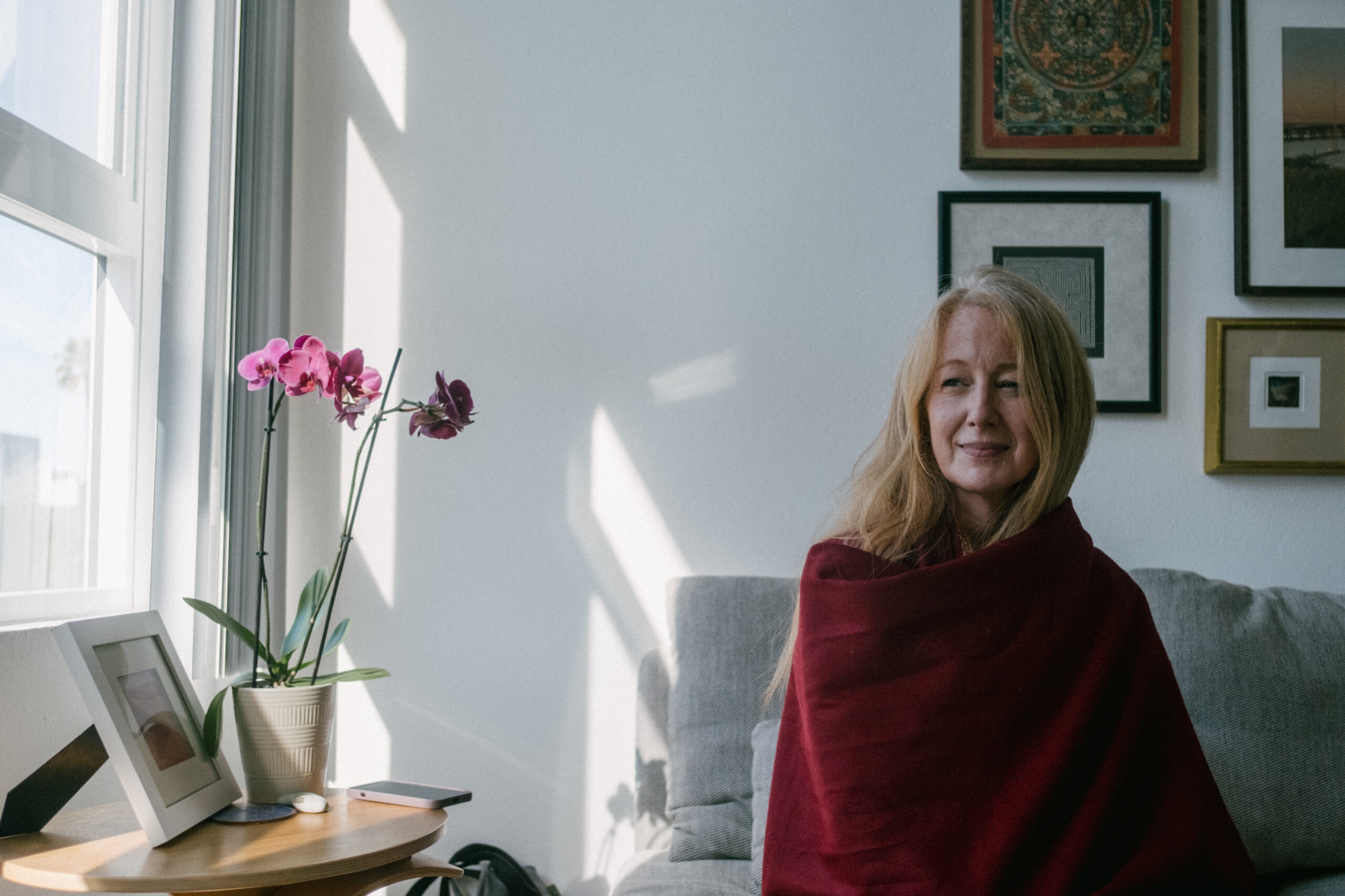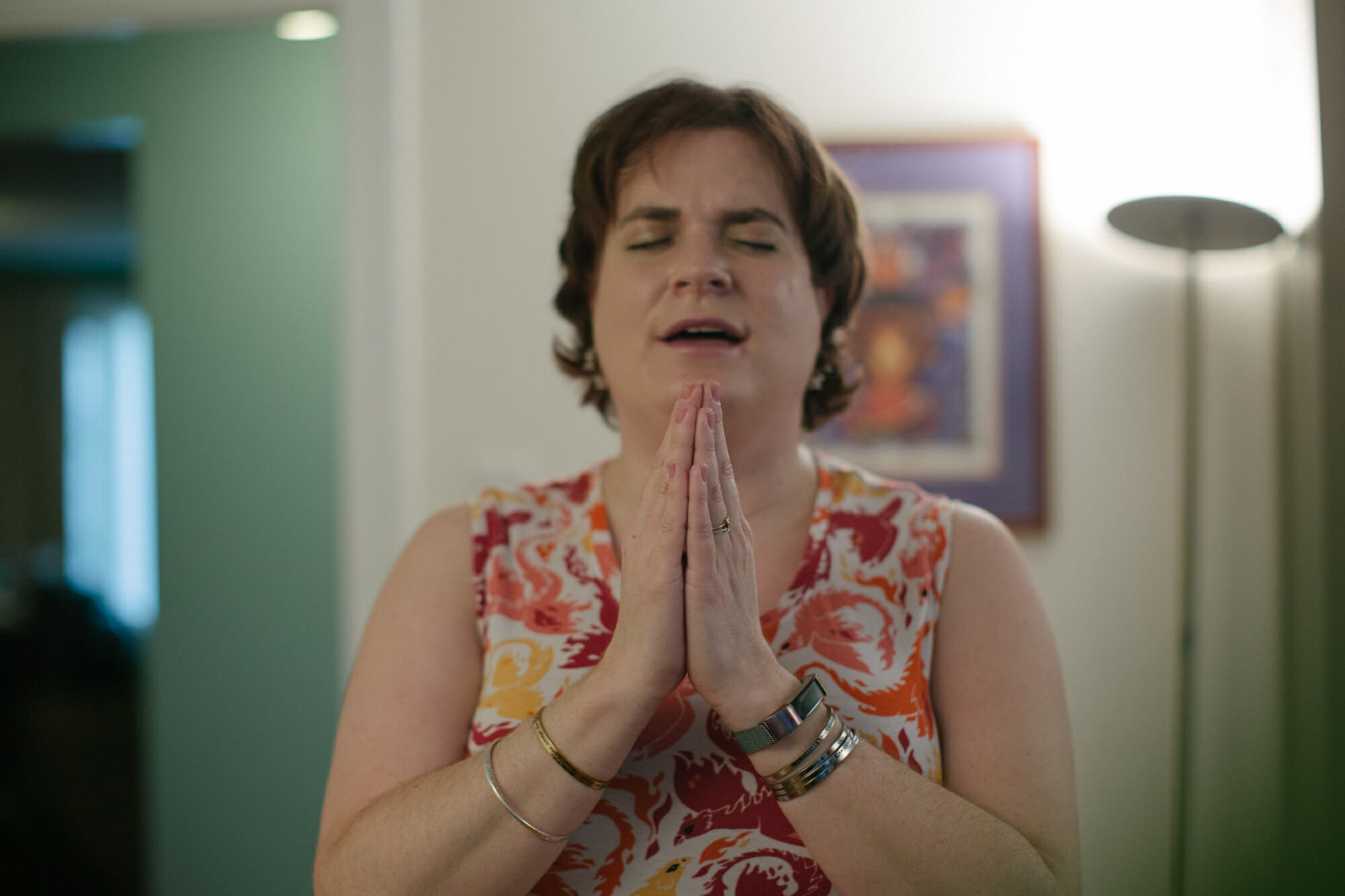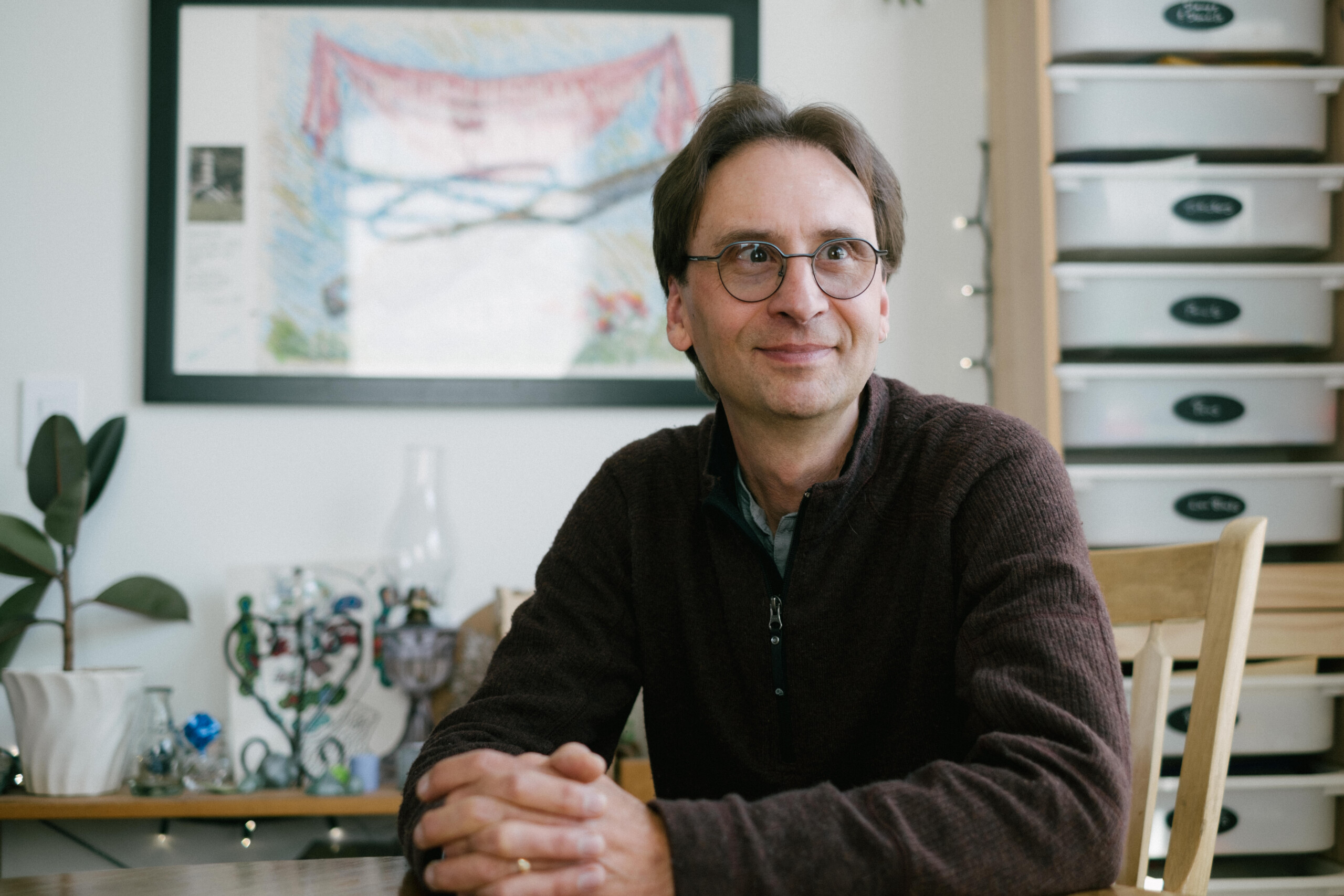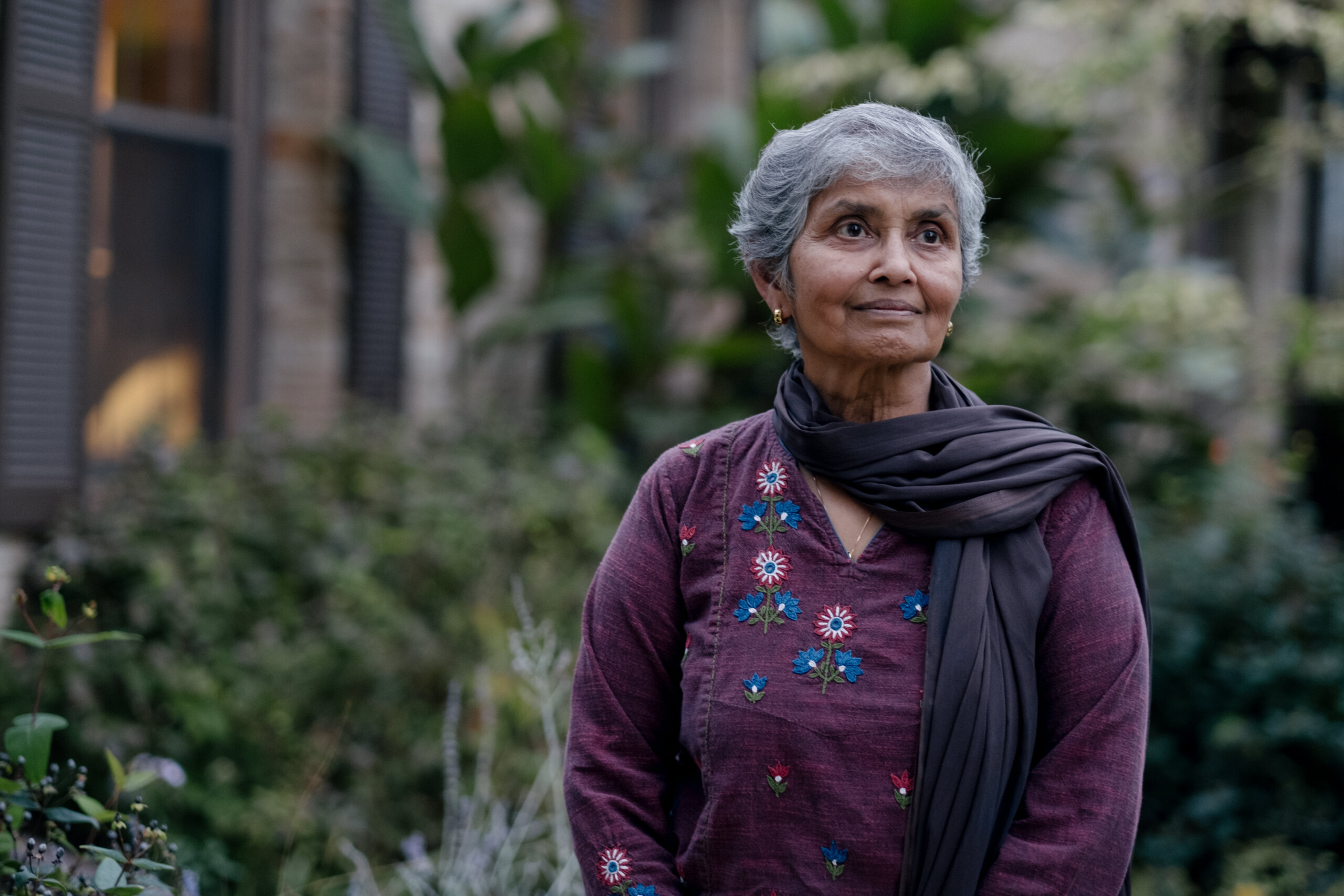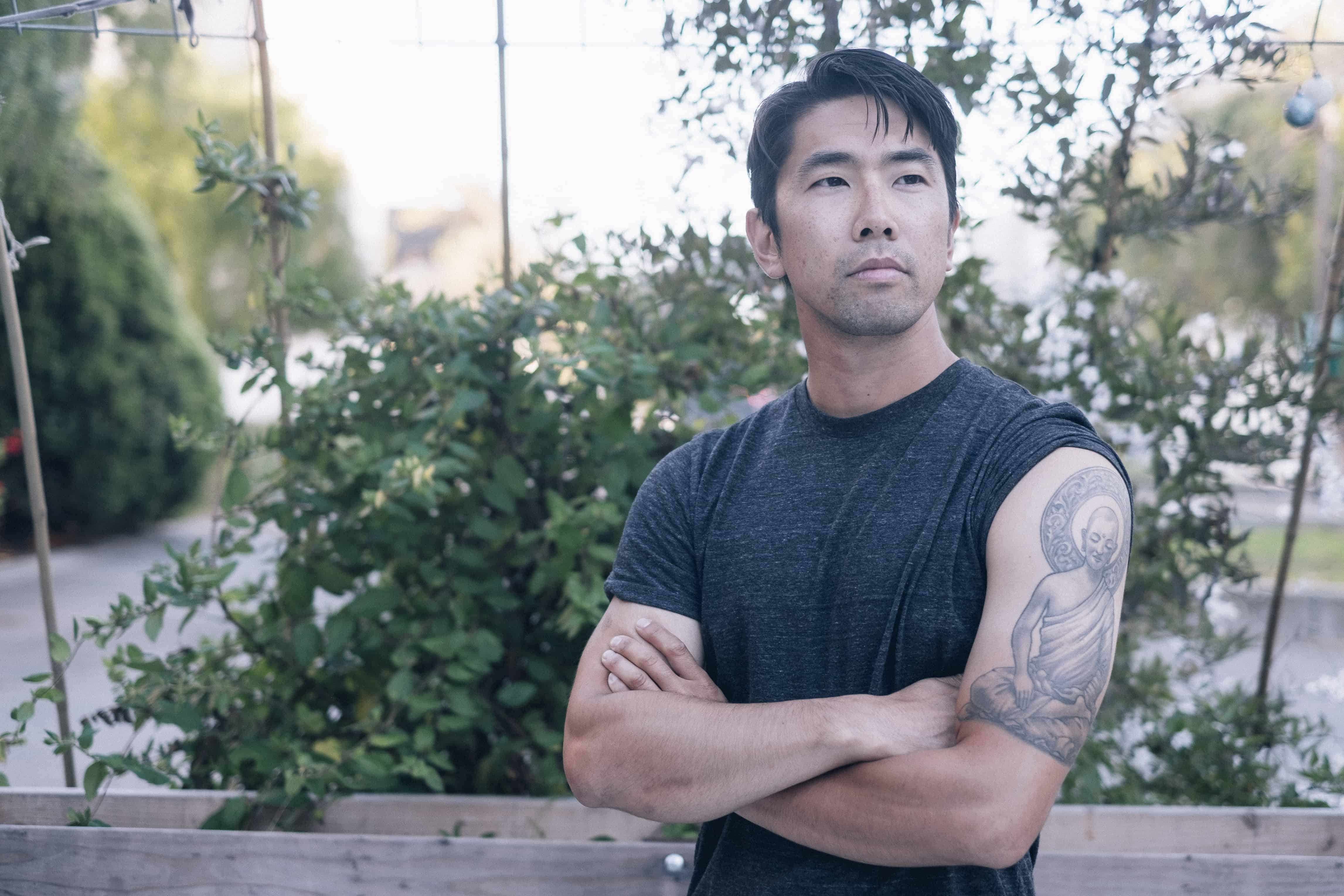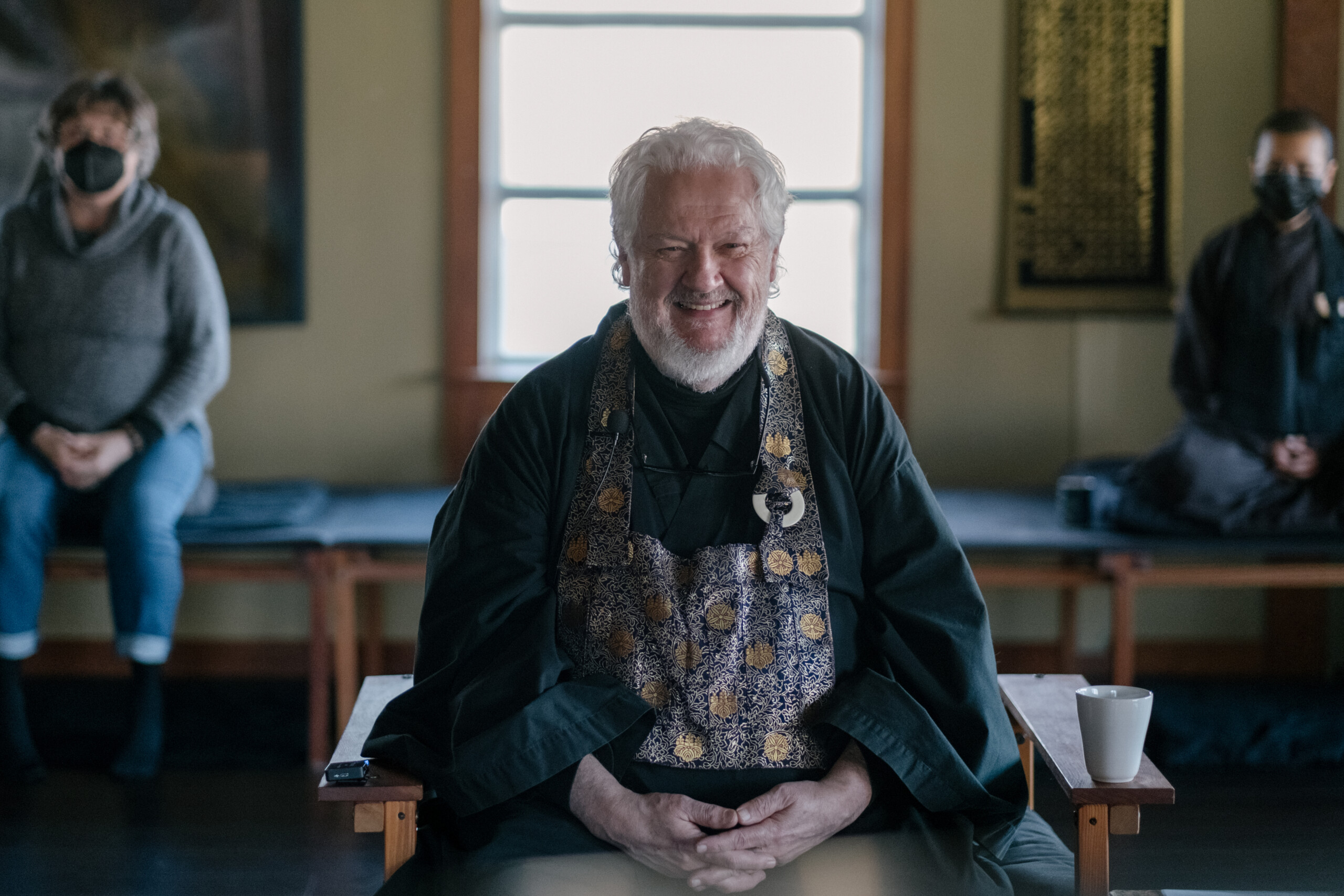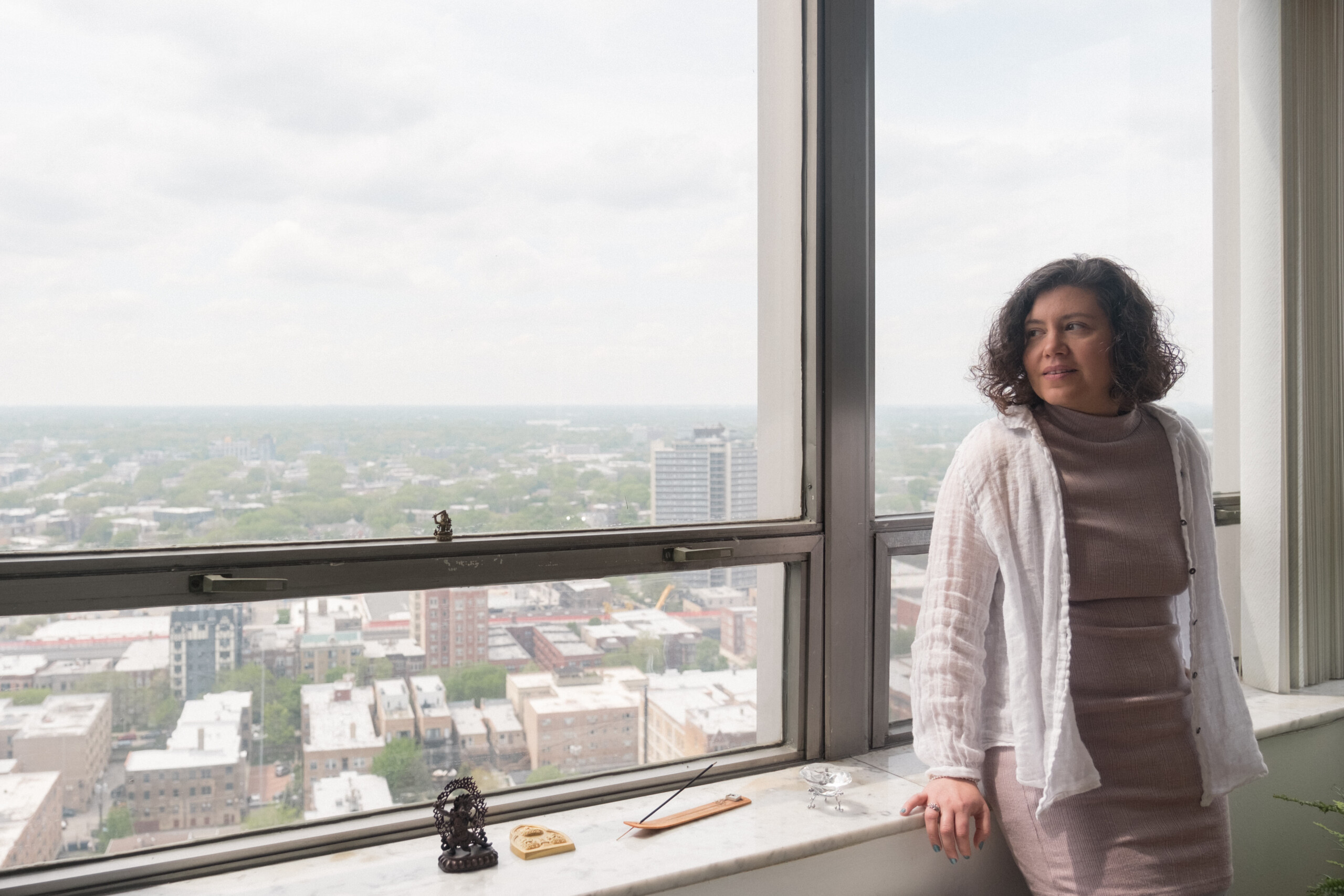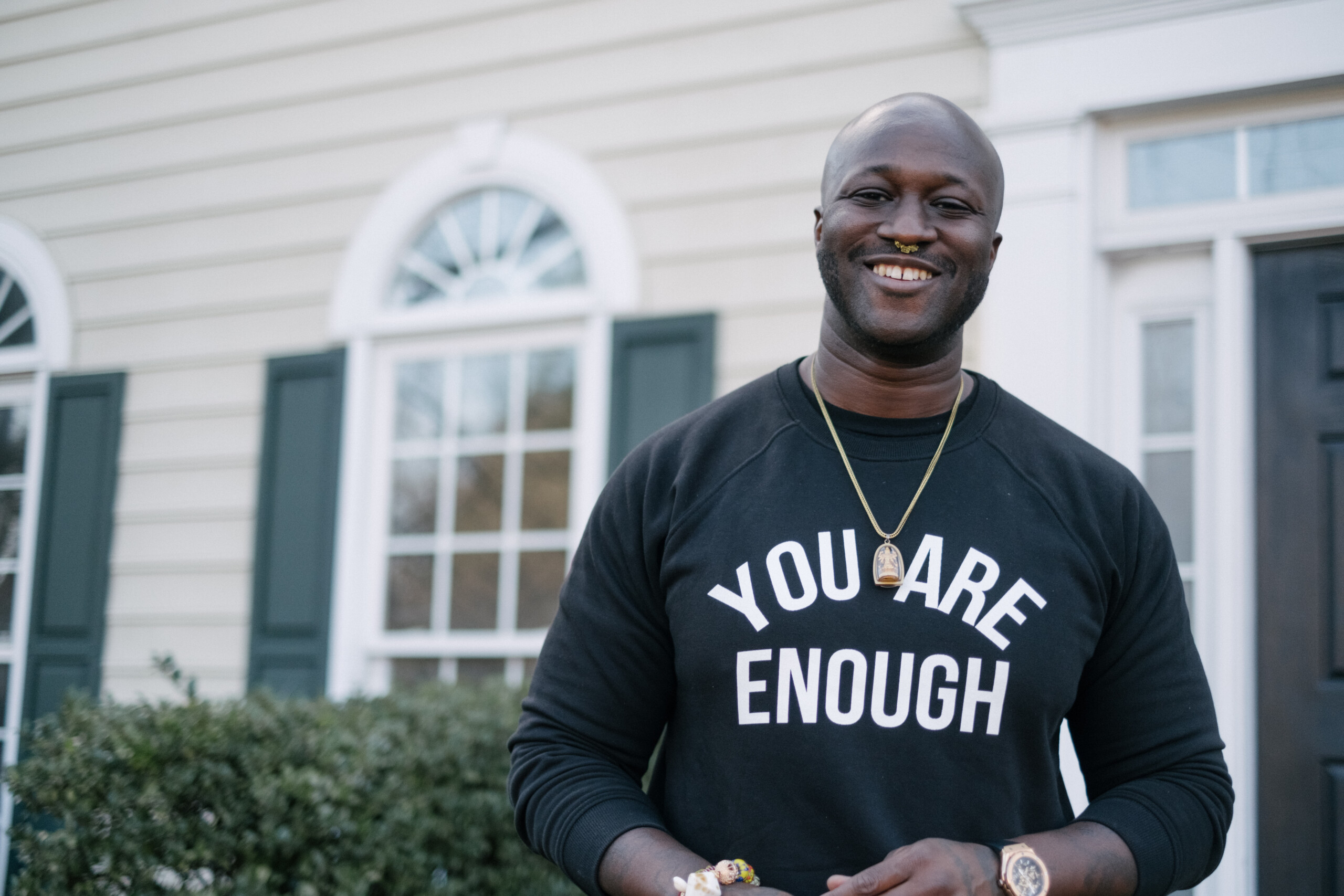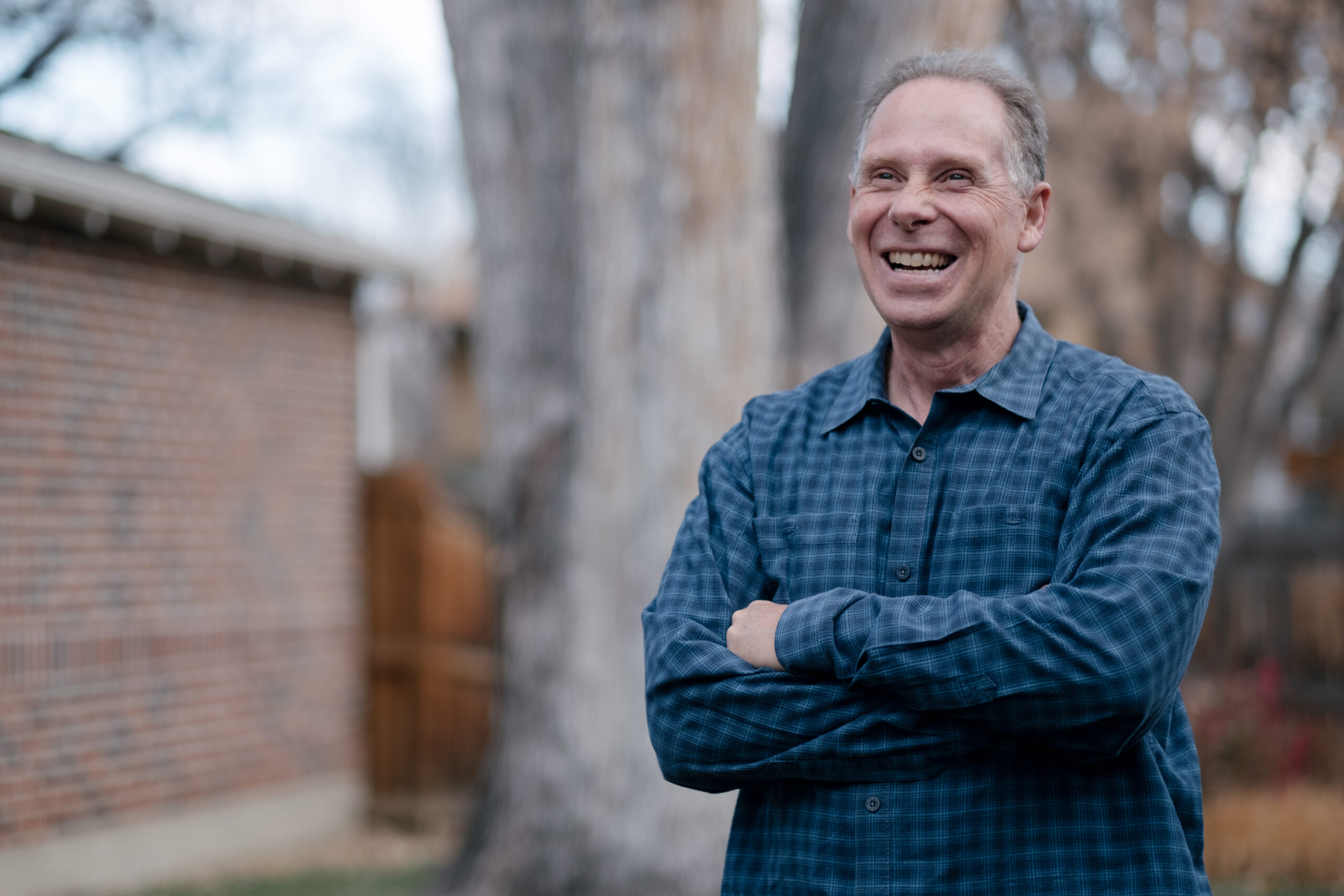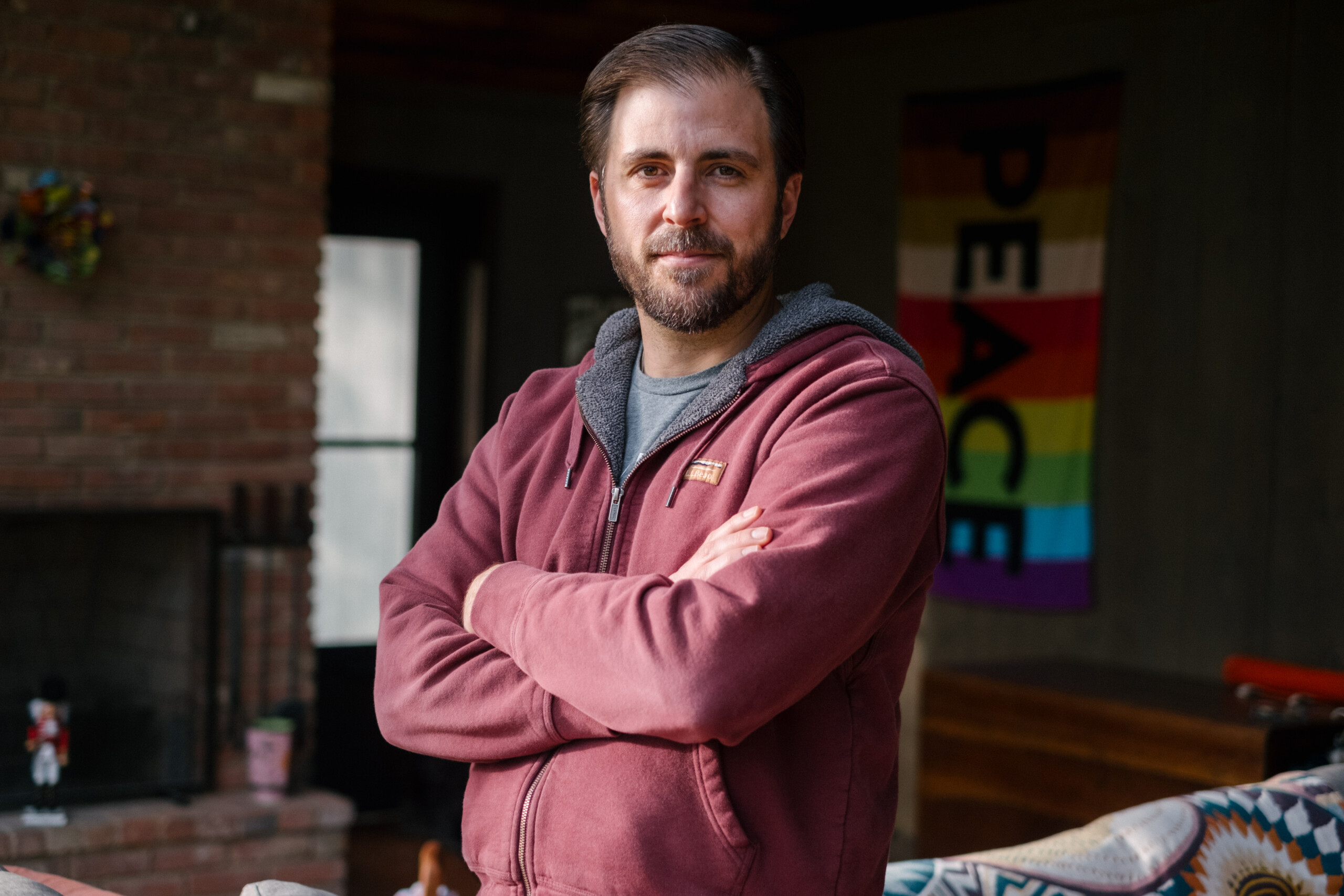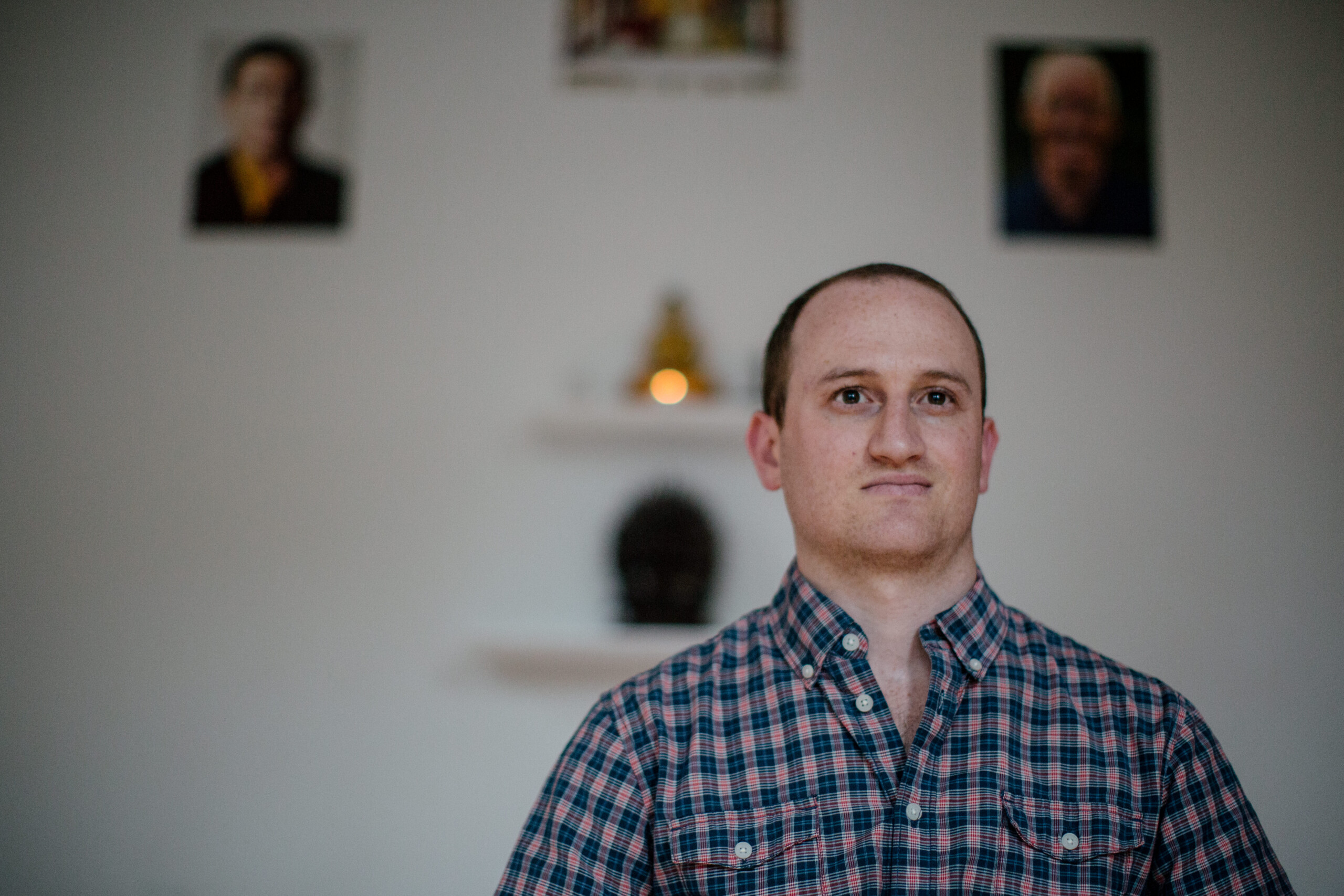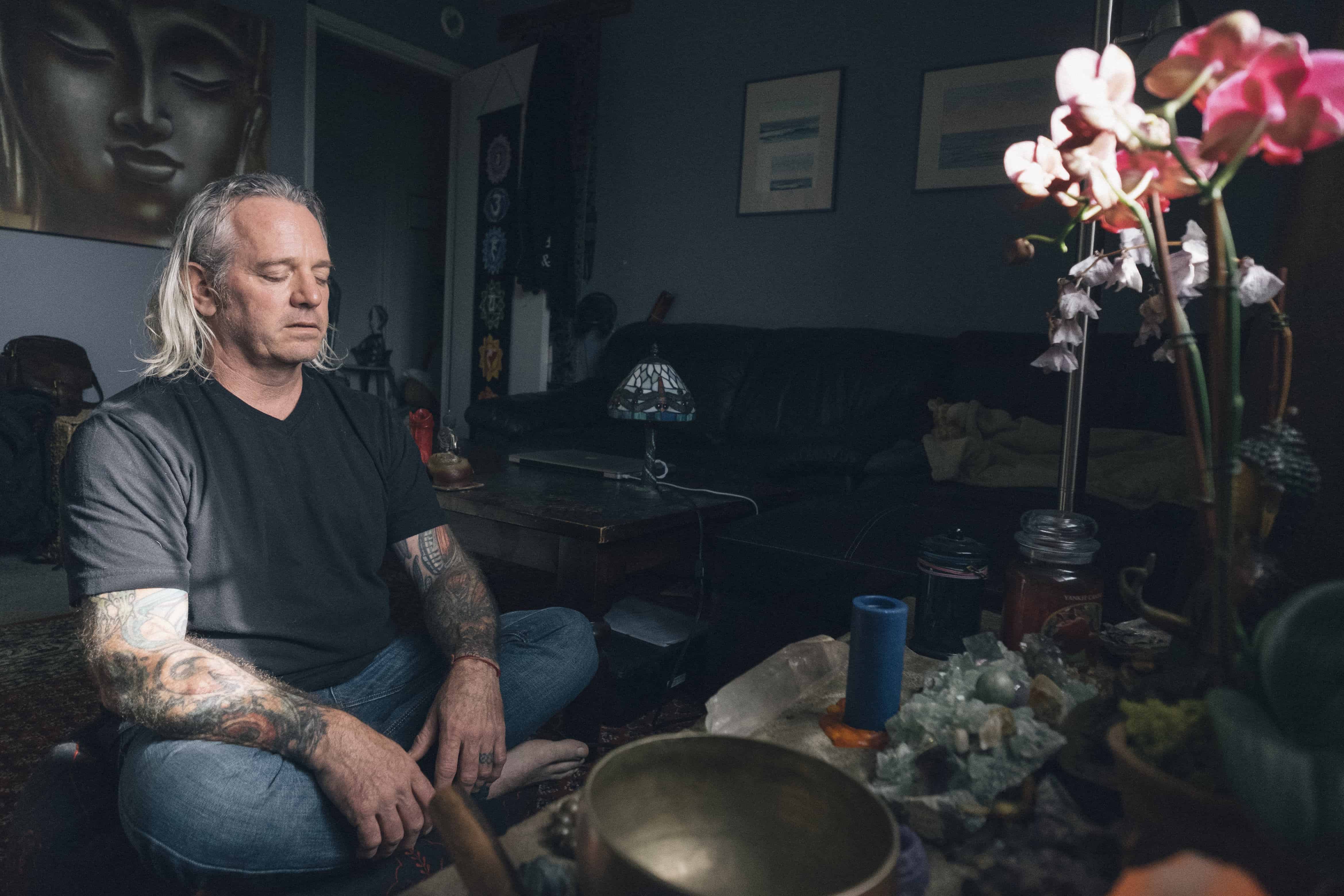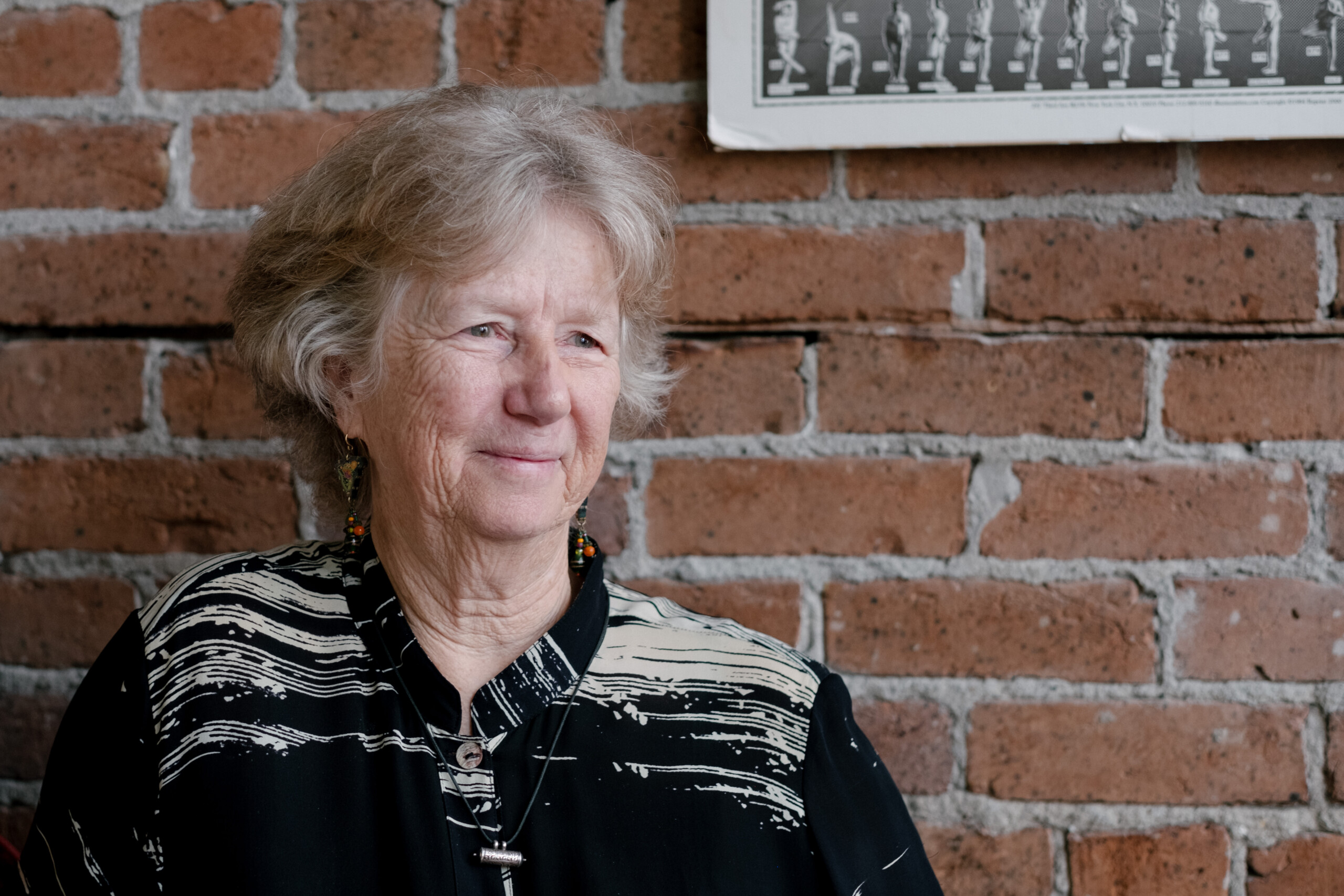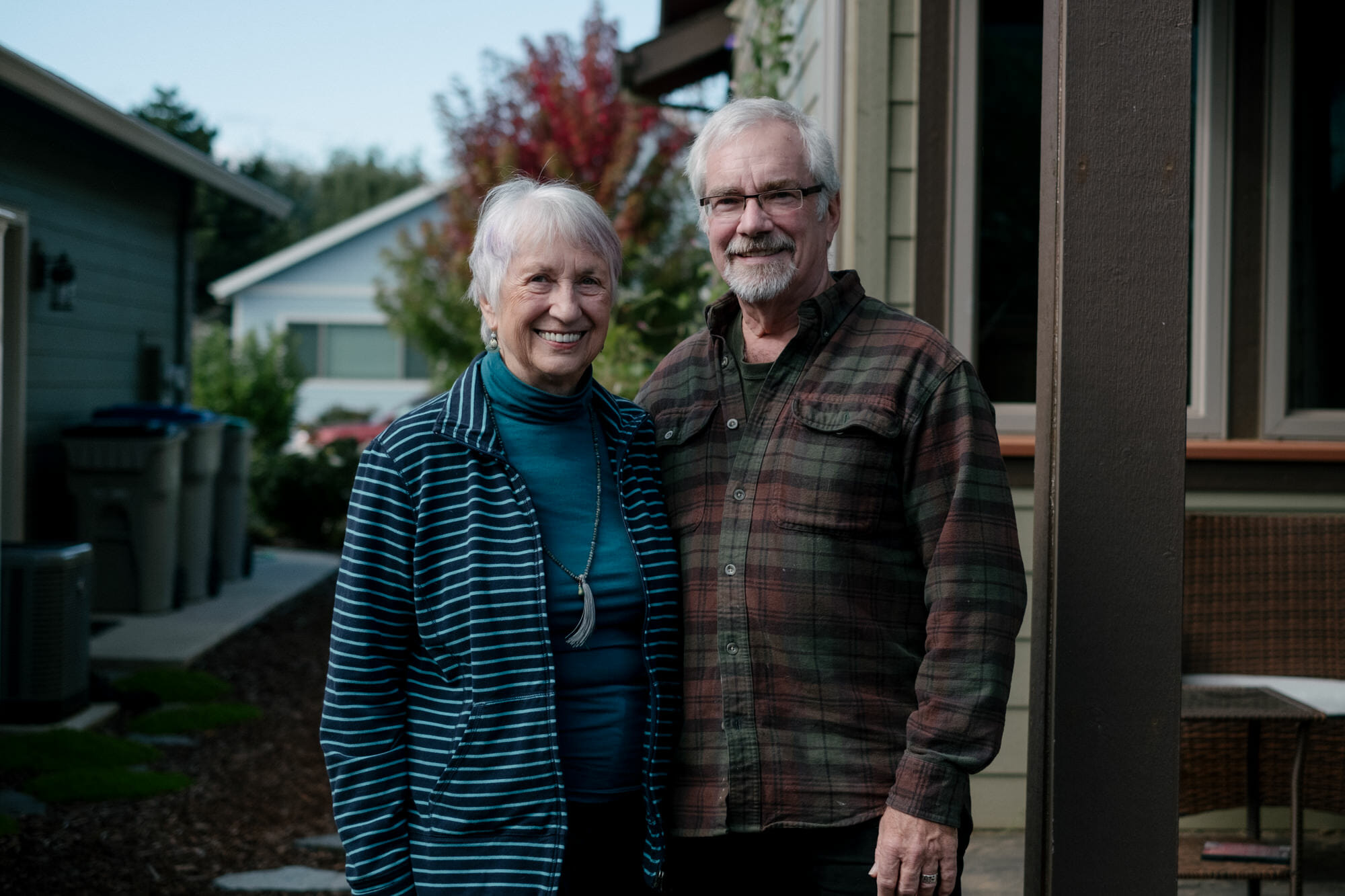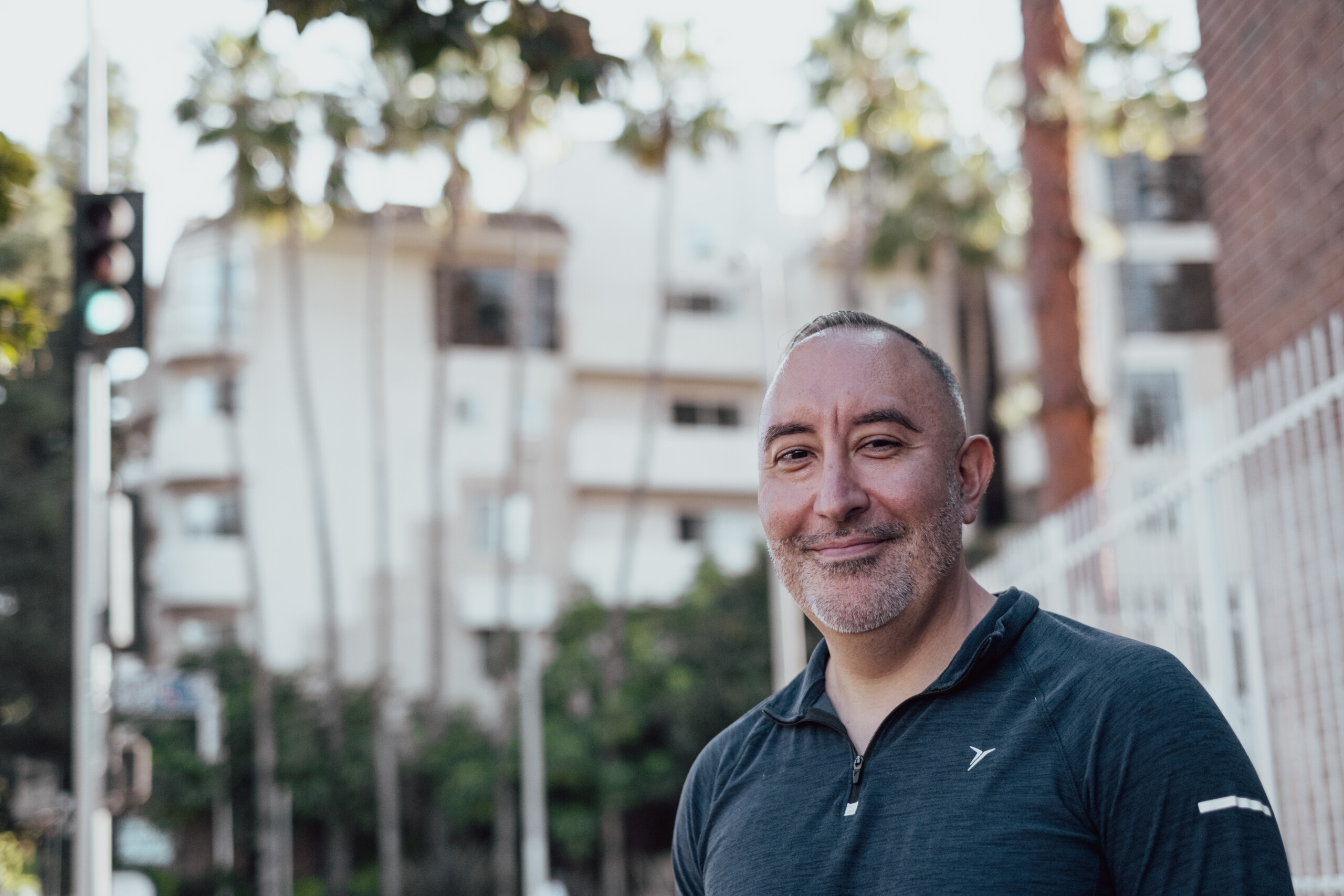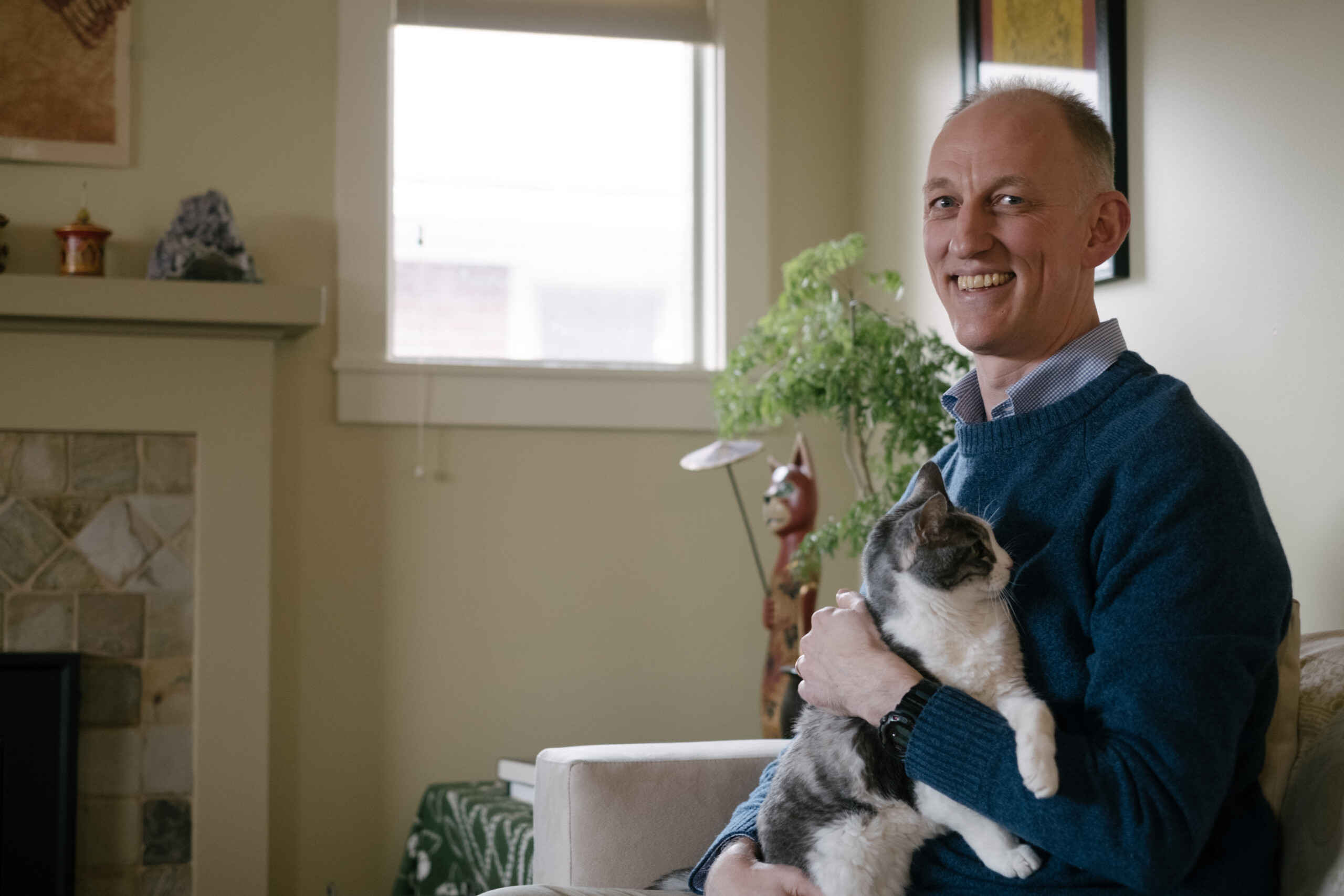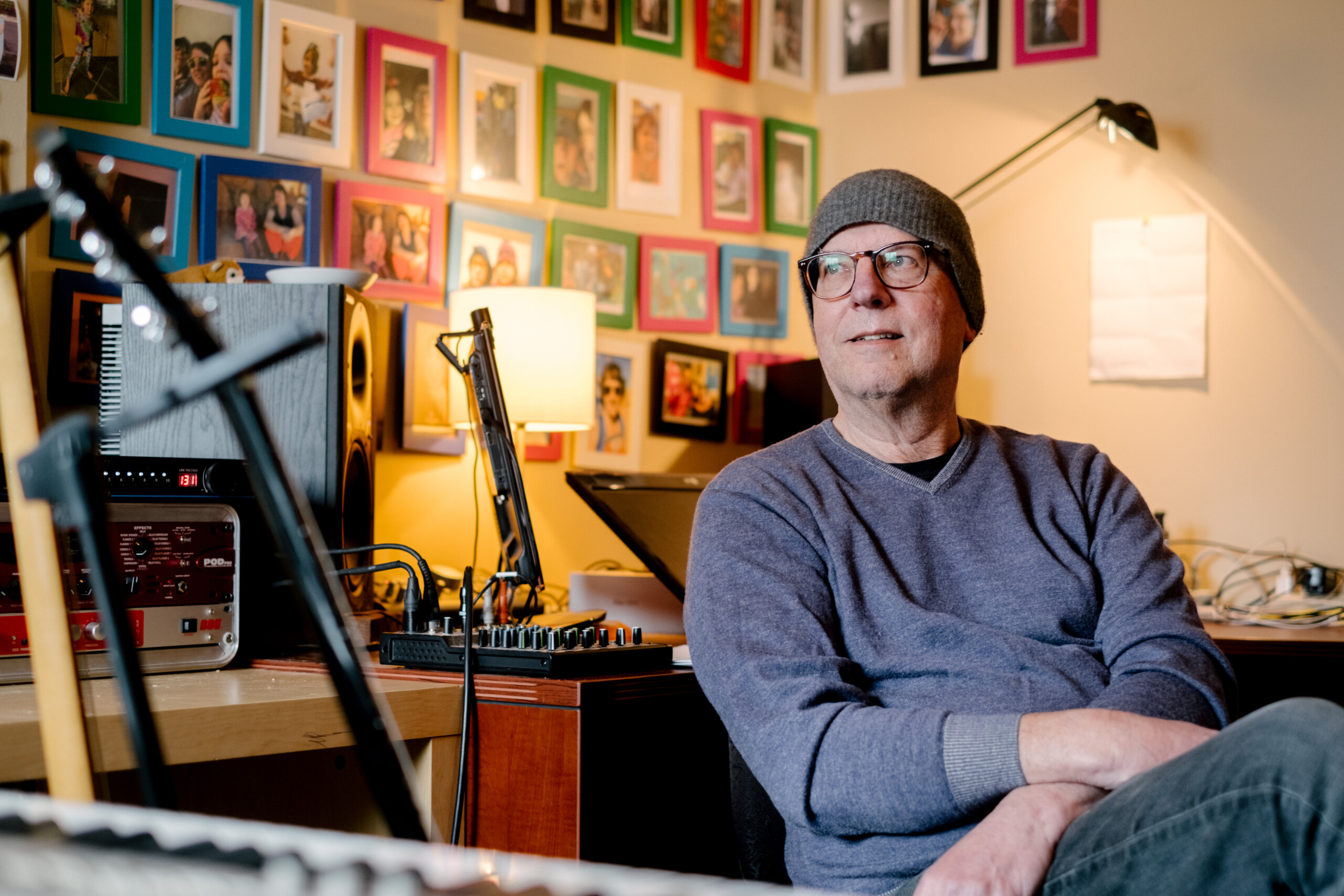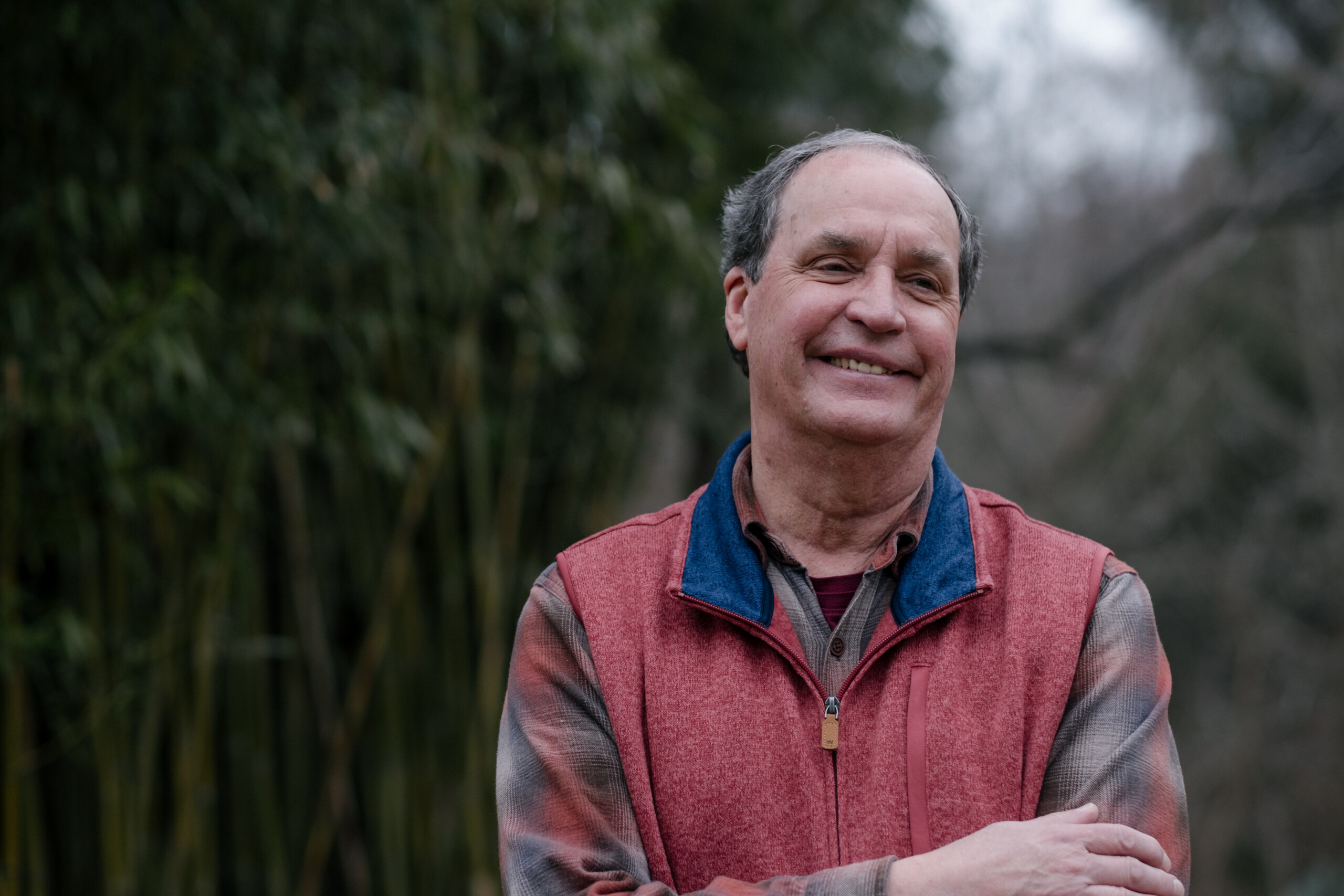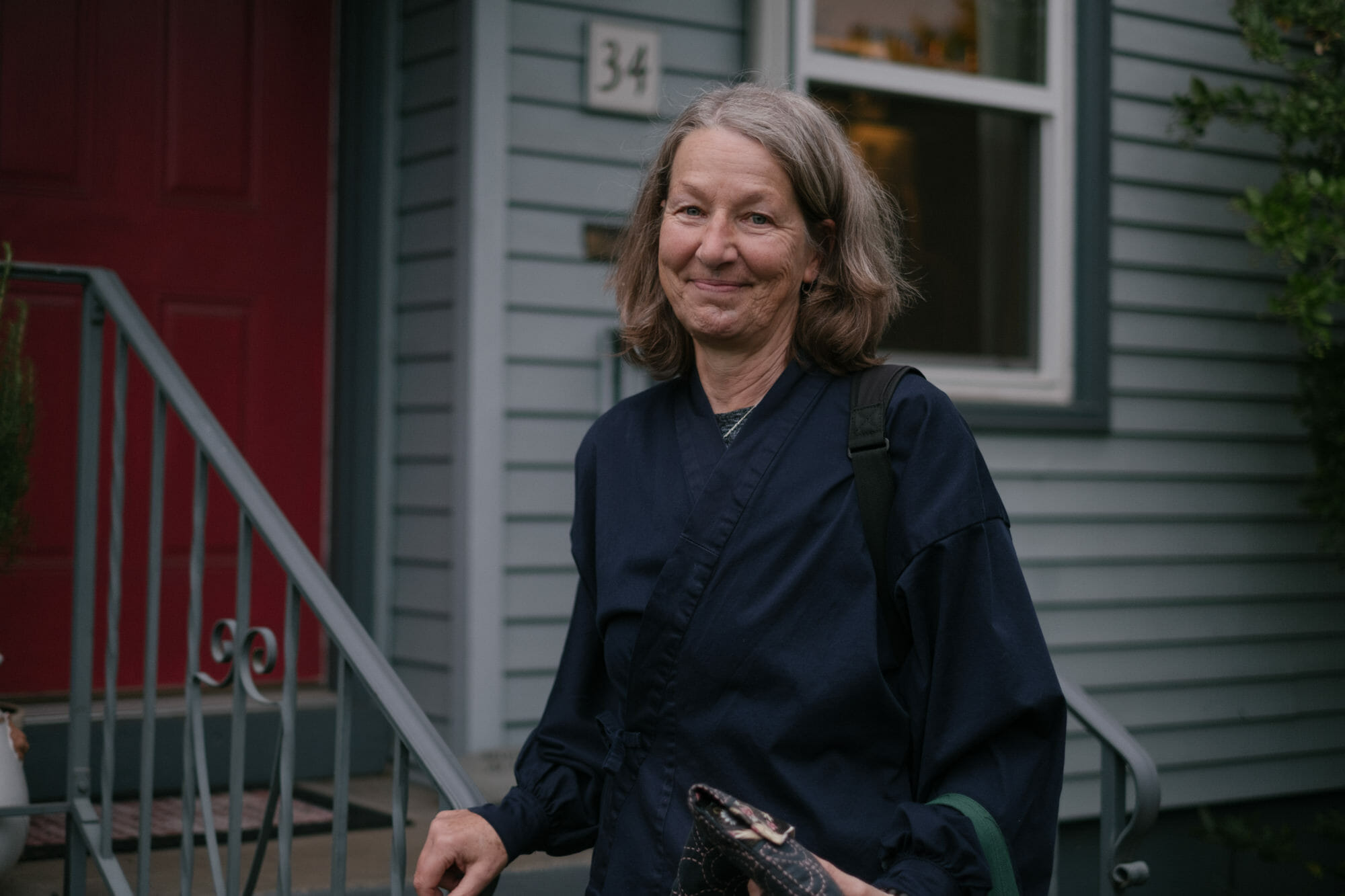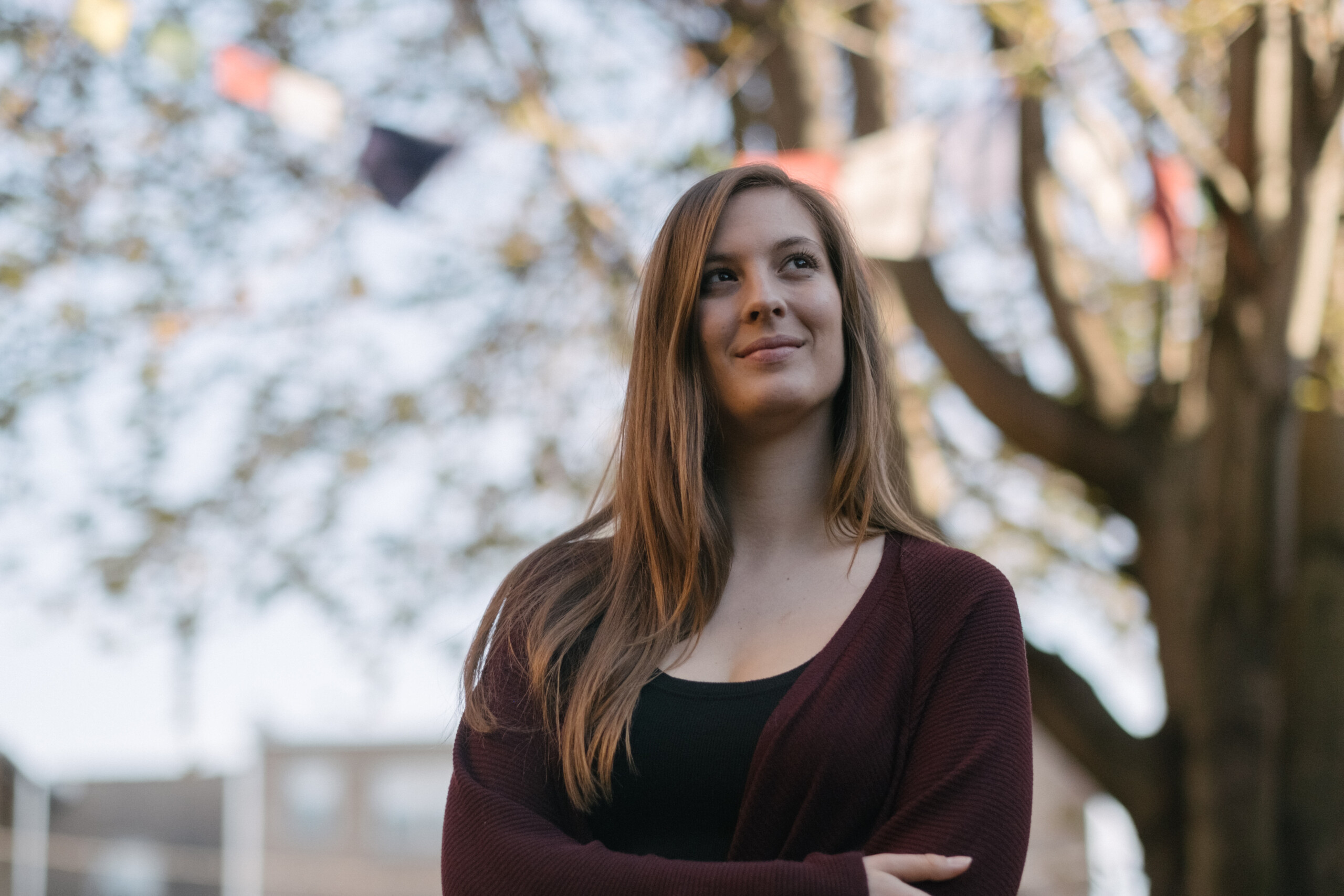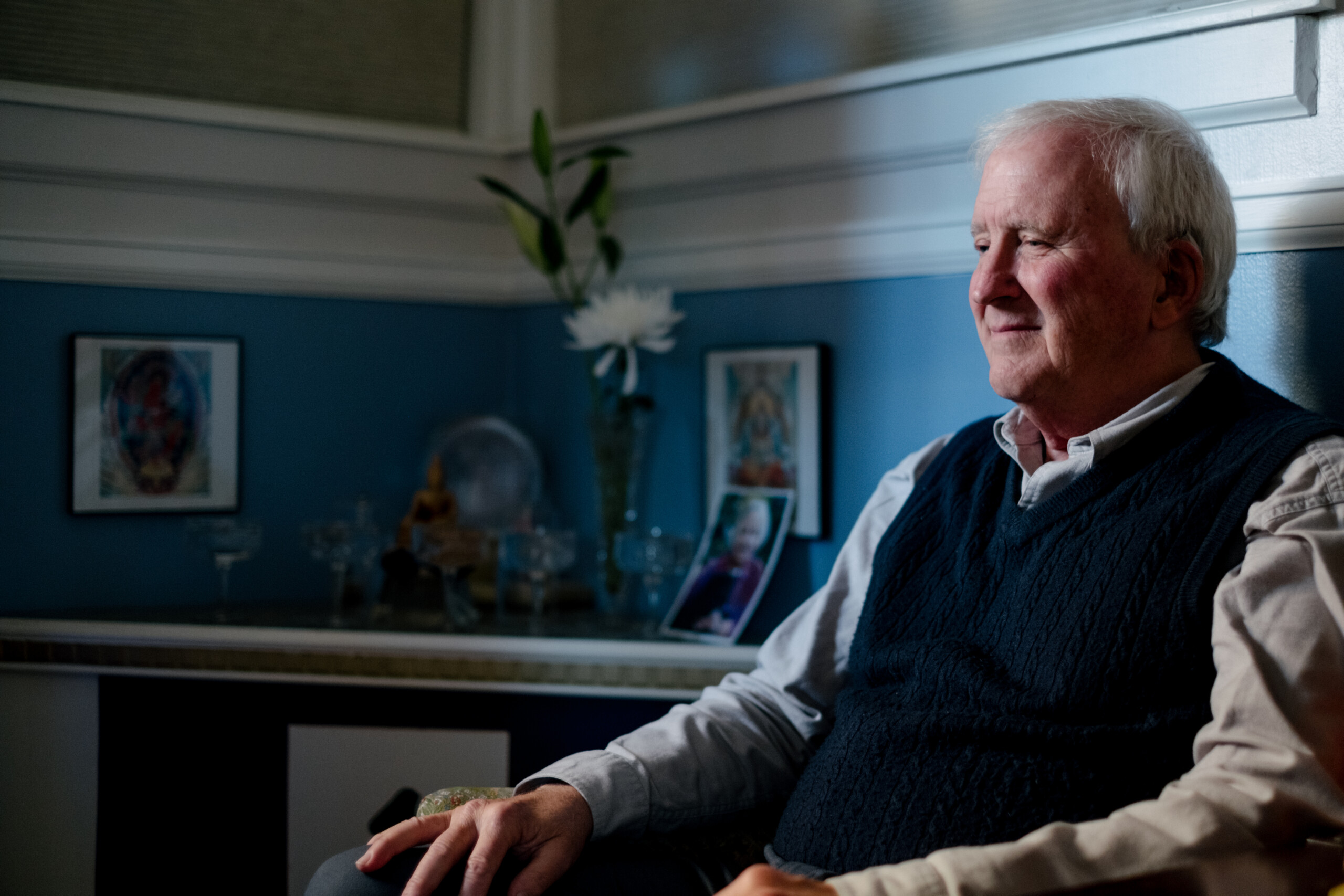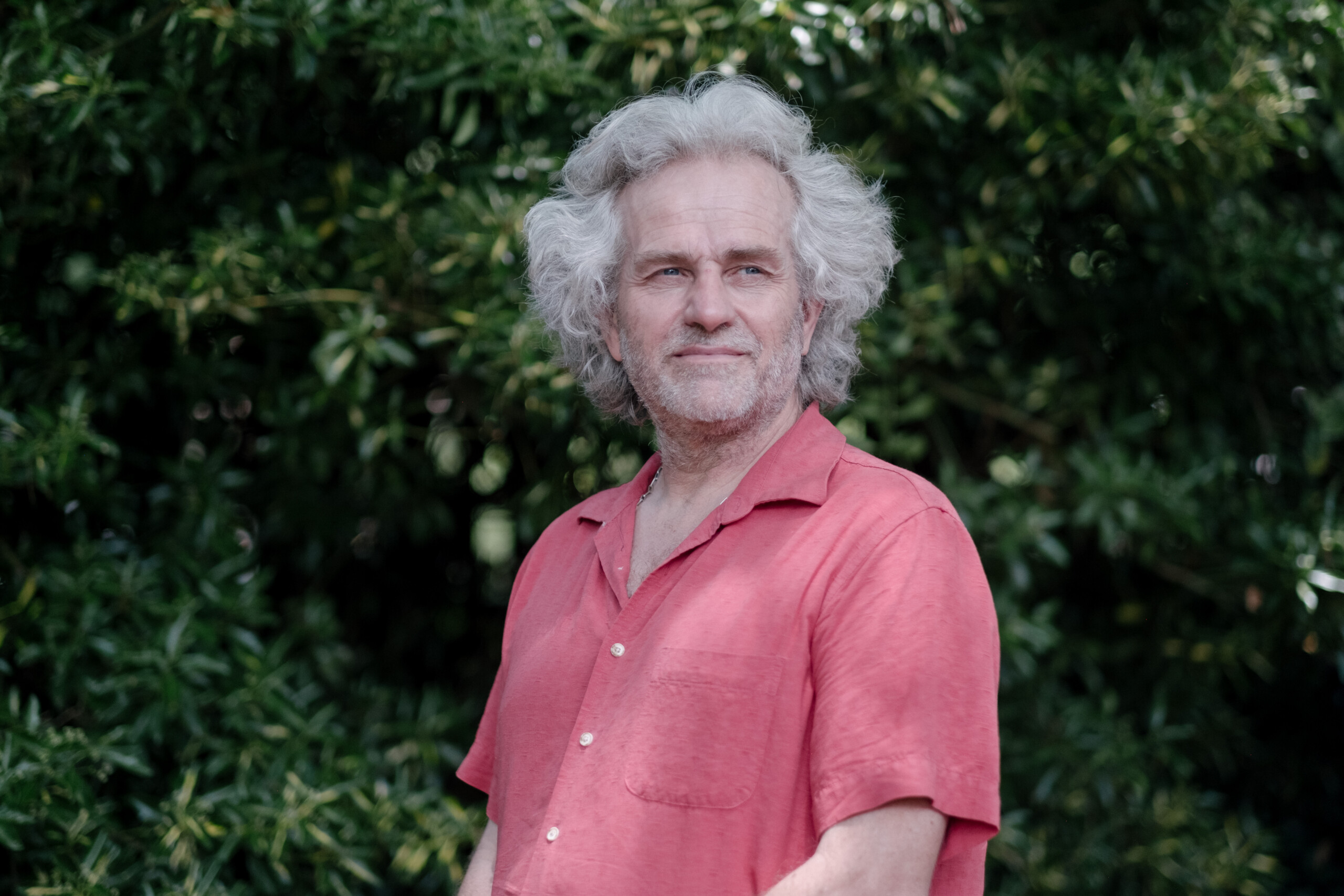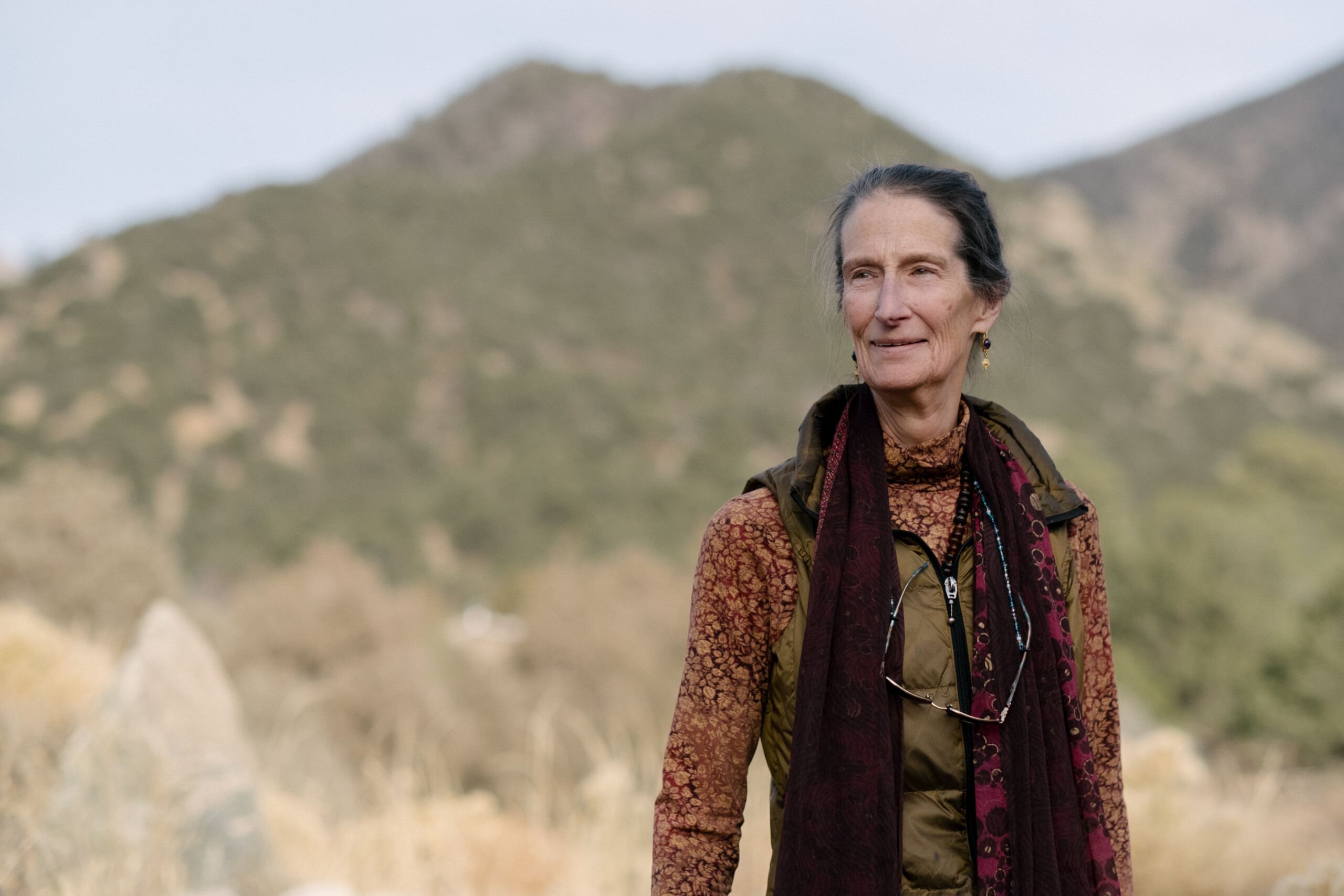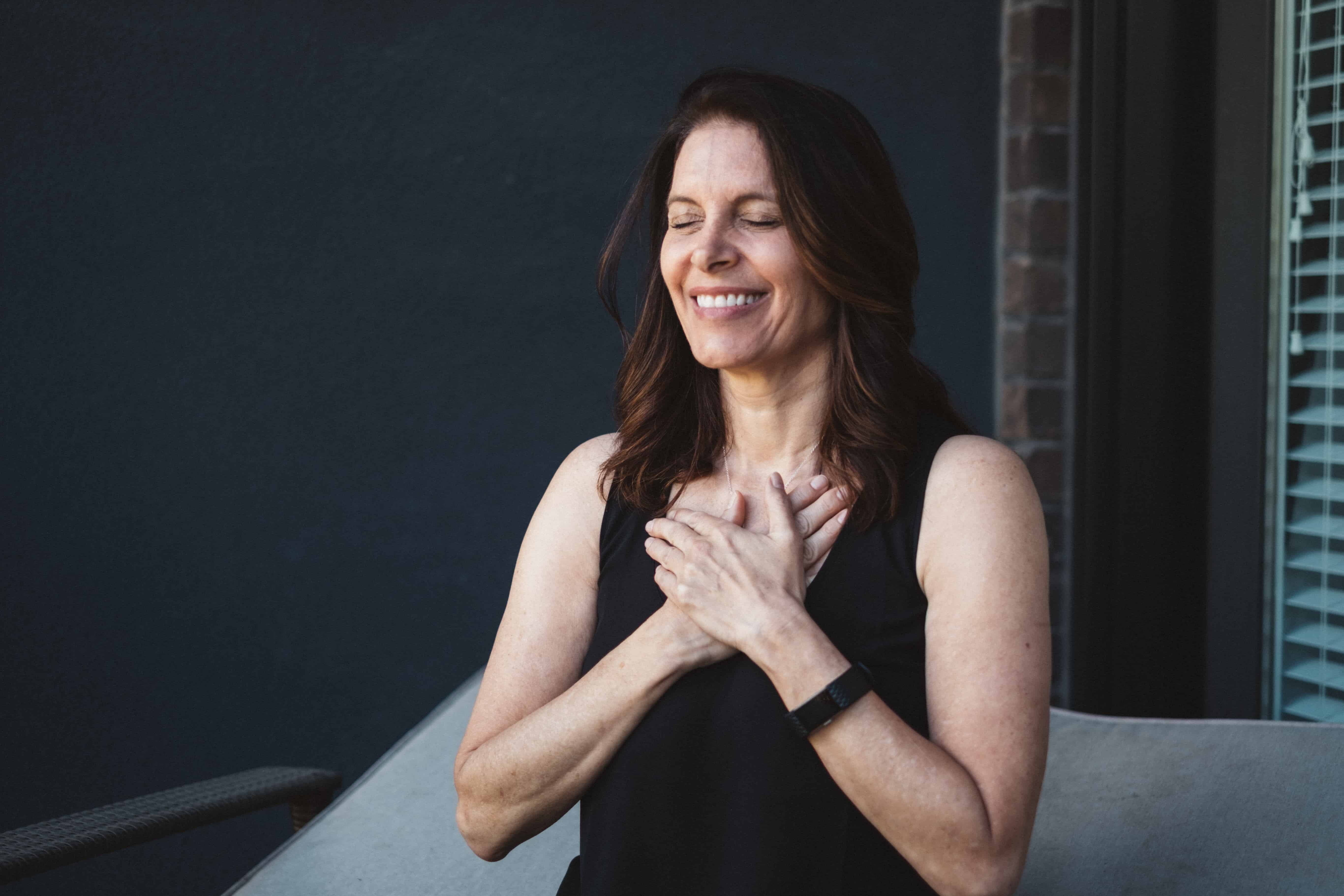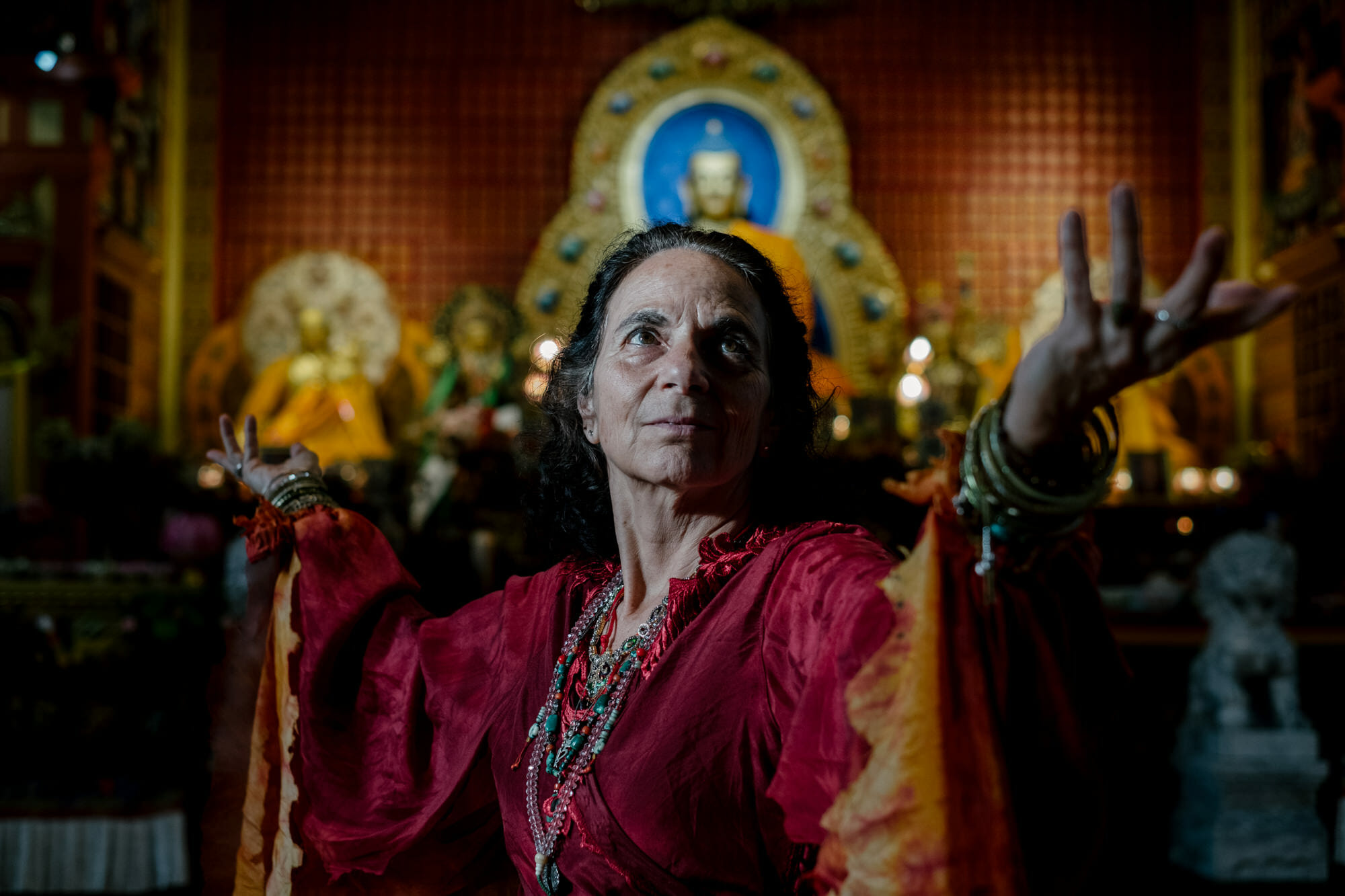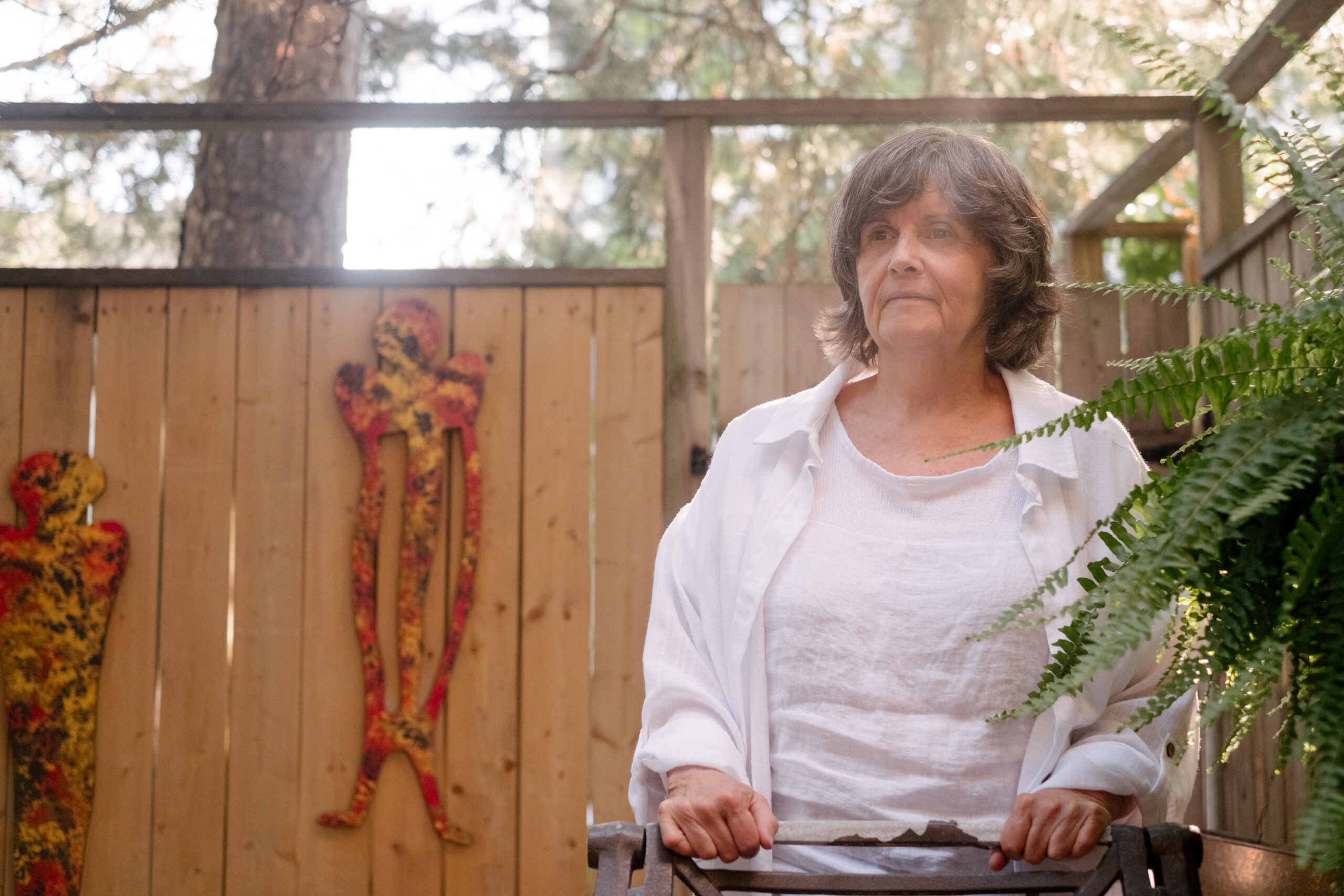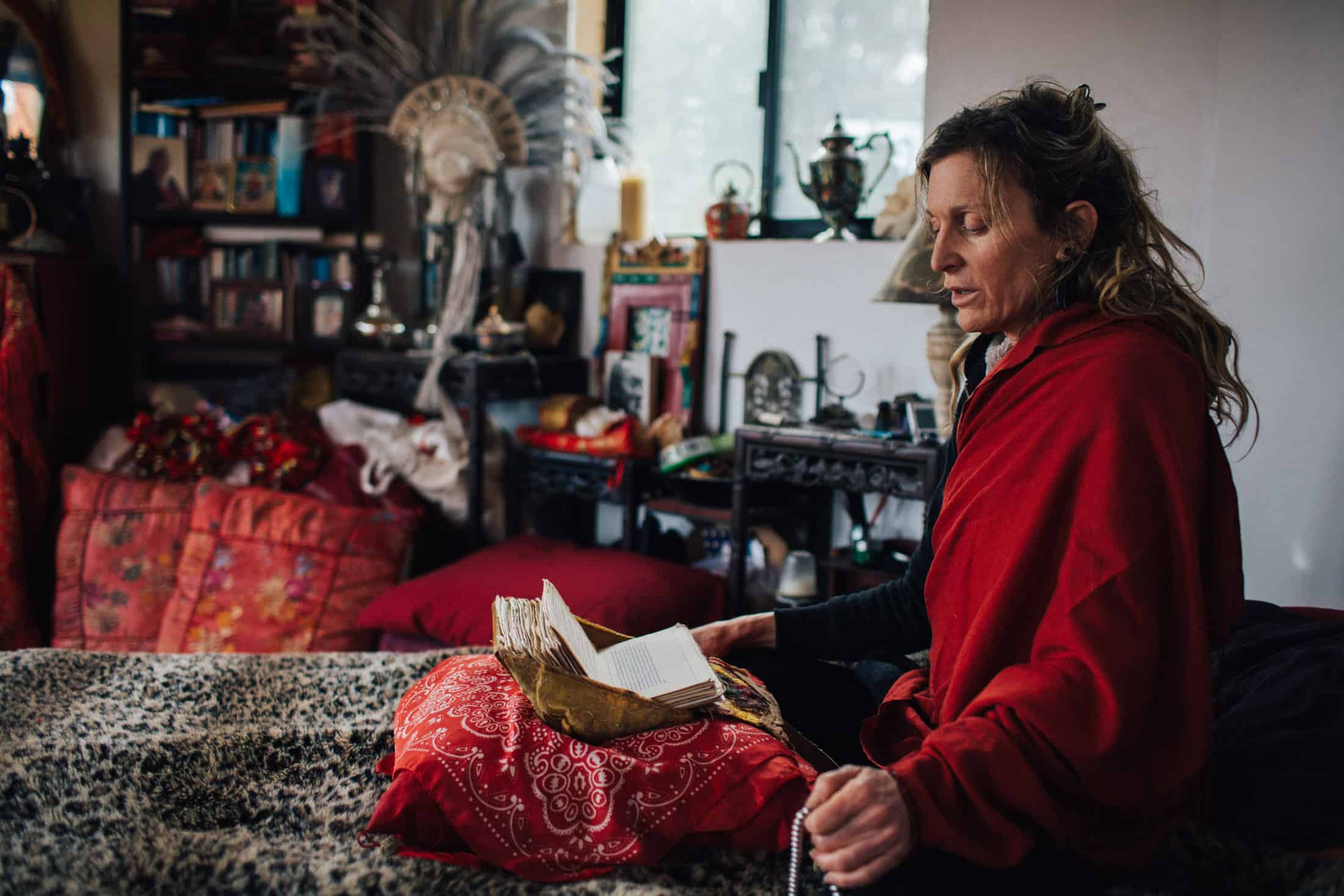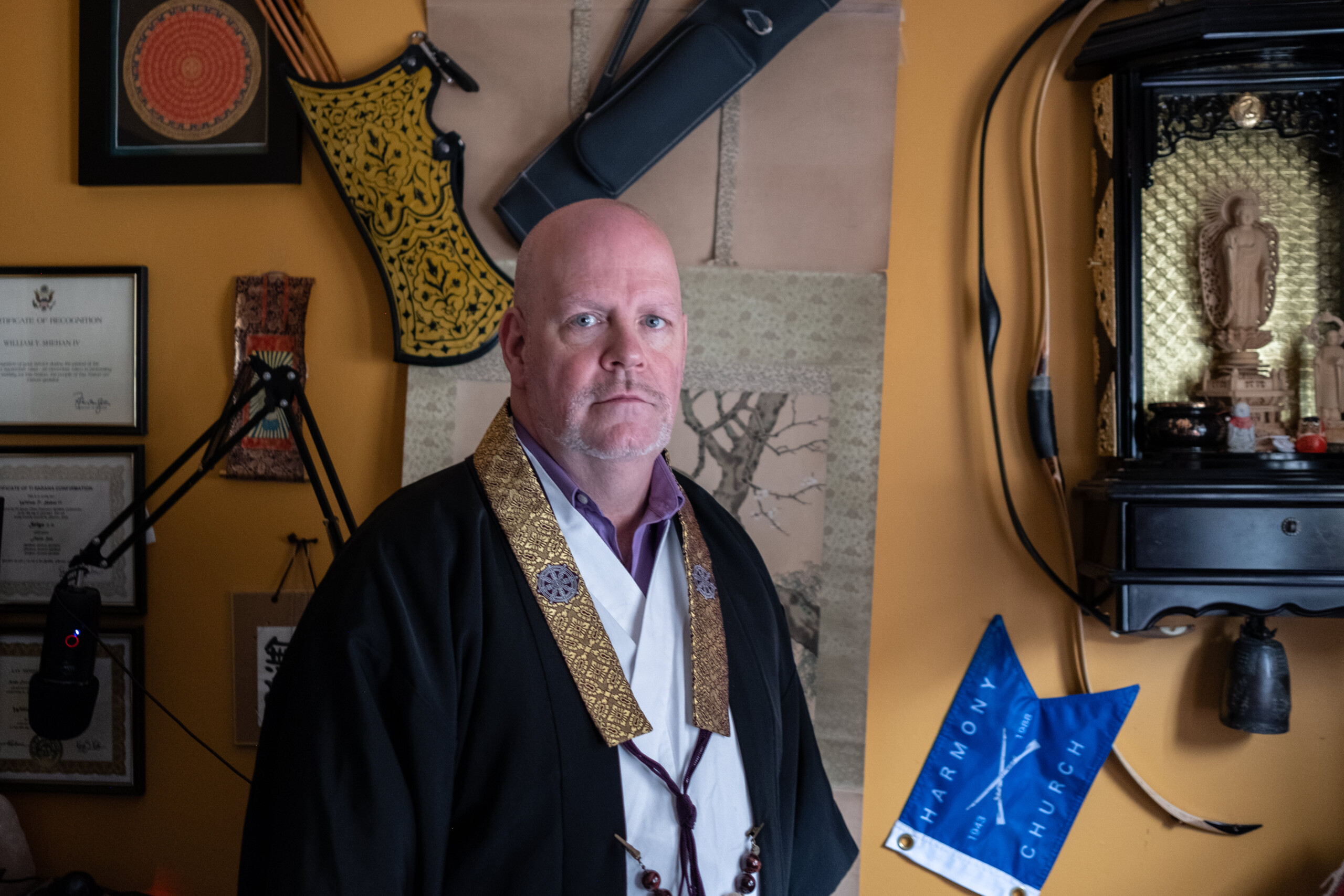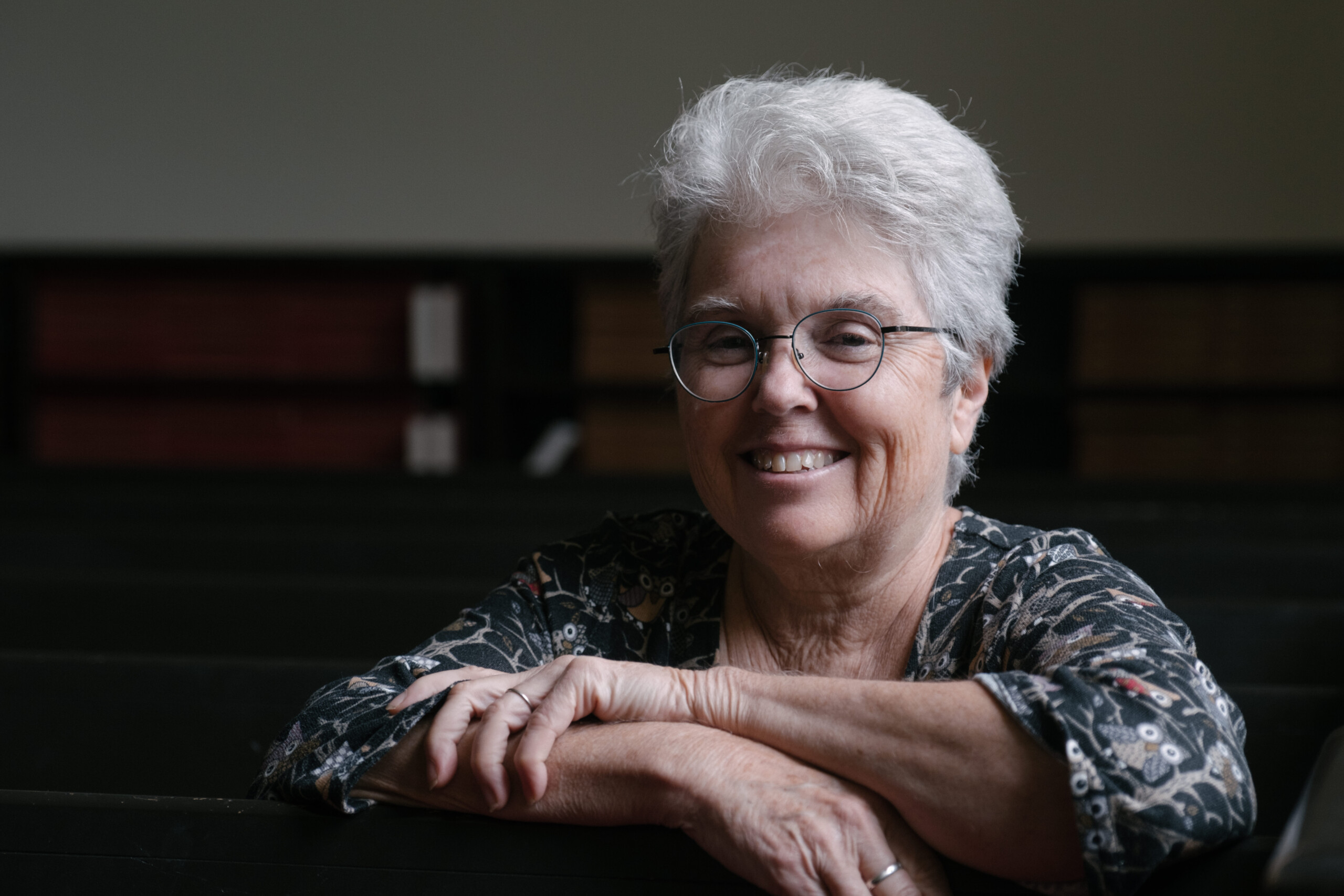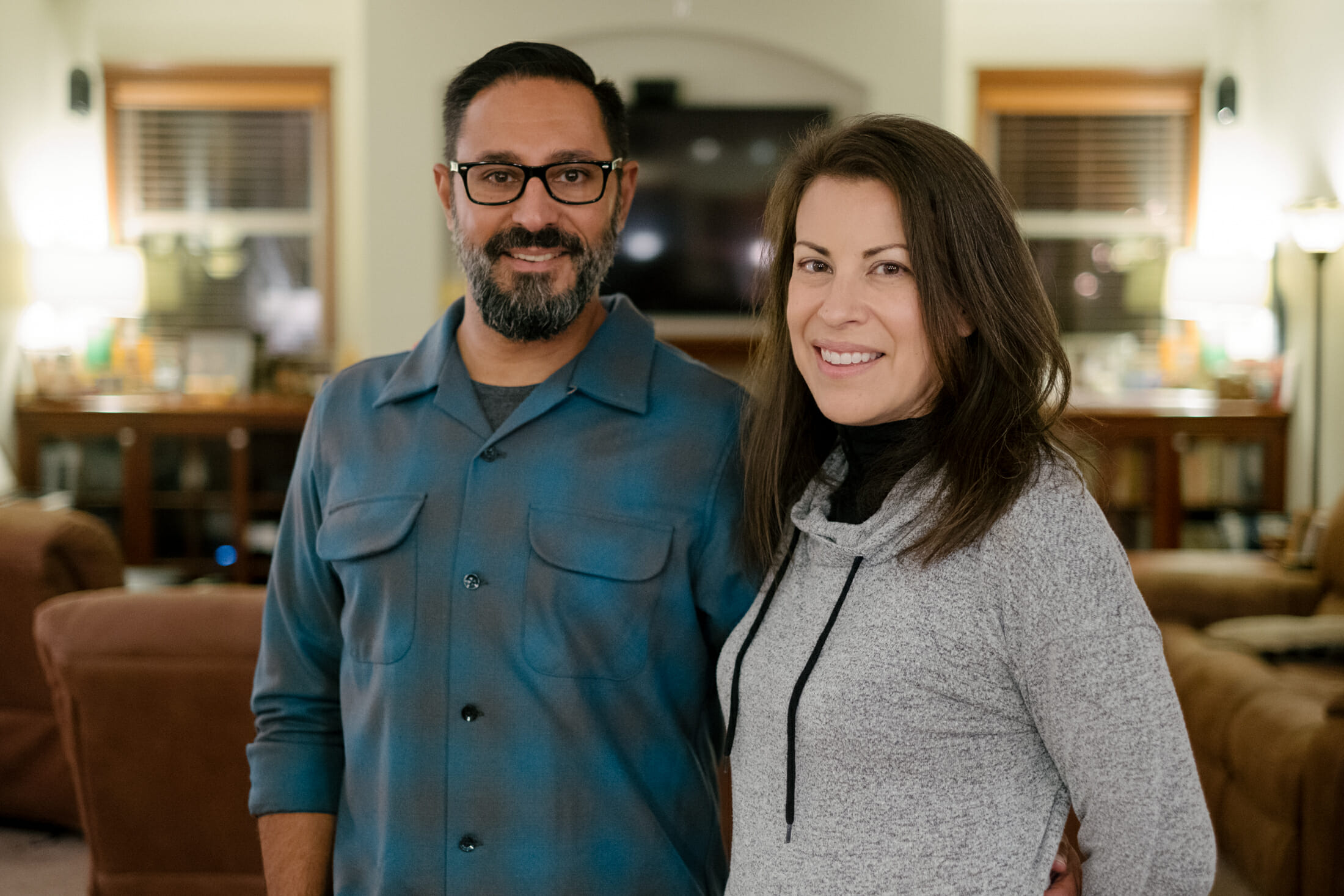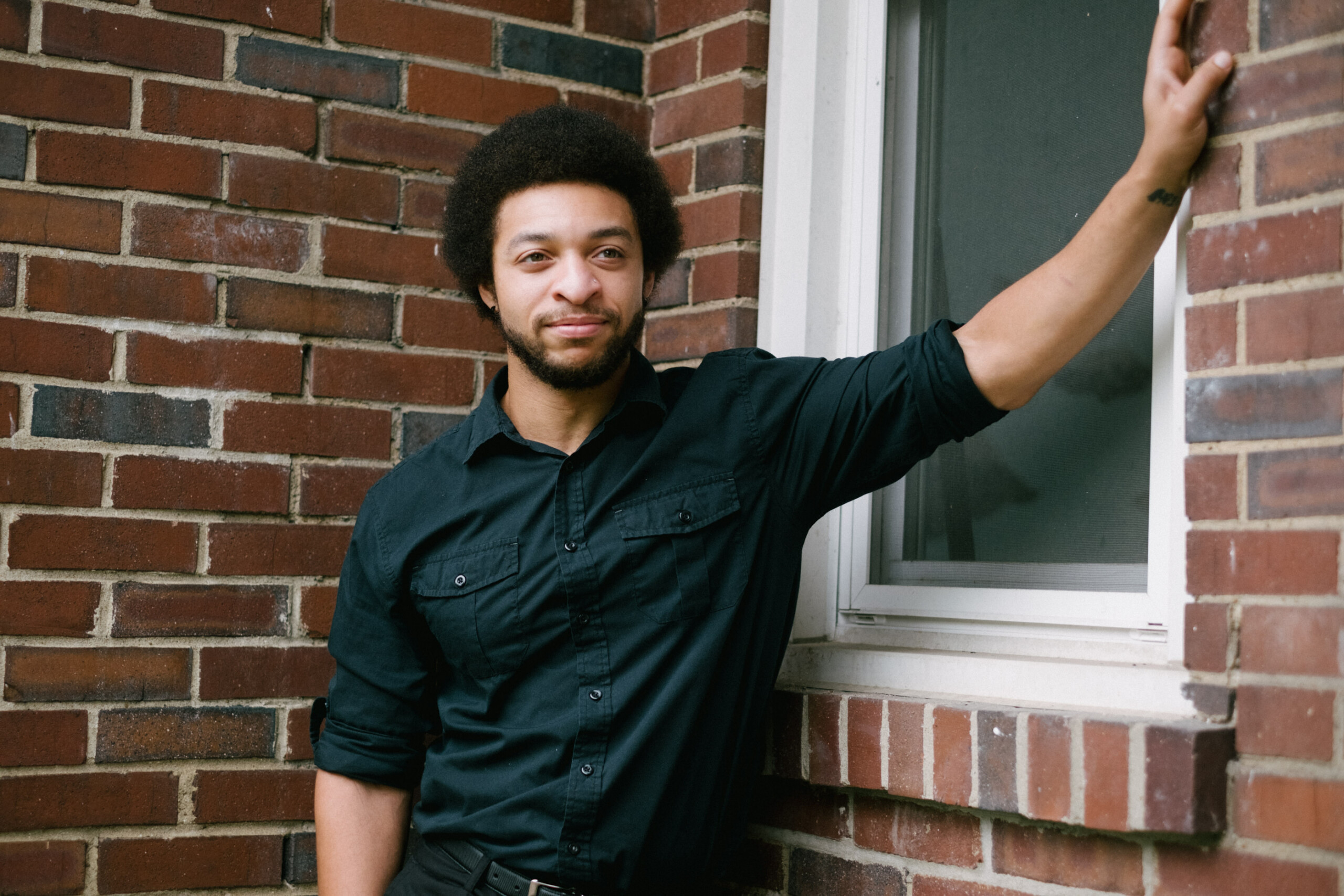When were you first exposed to dharma?
I remember seeing Buddhist images on trips to India with my family. Seeing Zen images associated with martial arts, I started when I was 7. It was in my late teenage years when I began to do a concerted study of Buddhism while in Kansas…it would be my first stop at bookshops and libraries.The emphasis of psychology bridges East/West, which reflects my personal identity.
How has the path manifest in your daily experience?
The power of mindfulness to slow down. The power of emptiness and no-self that helps puts everything into perspective. Take work a bit less seriously. As a 2nd generation immigrant, I’m focused on being successful and establishing our family in society. Yet, Buddhism helps calm this drive when it gets out of hand.
If you explore other lineages within buddhism, how did you come to decide on which lineage was right for you?
Sakya is a lineage of logic and philosophy versus esoteric practices. Sakya has a strong local representation. Geshe Jamyang Tsultrim is a dear spiritual friend that heads up our local sangha. My wife was president for many years, before kids. Jamyang fled Tibet and was a monk since a young child. He came to Seattle with Deshung Rimpoche in the 80s, then derobed and married a white woman and became a mental health counselor. He currently teaches/does clinical work/ and integrates Costco into most of his teachings.
What are some of your practices/rituals that you do to support your spiritual development (meditation/prayers and etc)
We say the four-limbed prayer before dinner. We have imagery around the house.
Which sangha do you normally attend ?
The Nalanda Institute in Olympia. It’s always nice to know that there are some folks in active practice a few miles away.
What is your primarily profession?
Forensic psychologist and Academic, as well a martial artist and climber. Buddhism has changed the way I perceive sensations, thoughts, and physical activity. Nature and movement become beautiful and pain is reframed as growth.
Do you think your personality or background influence the lineage/practices that resonate with you?
Definitely, by nature I’m drawn to human suffering and always curious on how we are driven to cause ourselves more pain. The ideas of attachment, continuous awaking, and emptiness fit with how I see the world.
Relationships
Jude and Emma, who have been married for nearly 22 years, reflect on the impact of Buddhism on their long-term relationship. Initially, their shared practice and participation in a local sangha group provided a sense of unity and parallel spiritual growth. Over time, they engaged in daily discourses about concepts such as emptiness, reinforcing their shared understanding of spiritual principles.
Emma observes a diminishing sense of individuality in their relationship, recognizing that her experiences and identity are intertwined with Jude. The couple acknowledges the Buddhist perspective of emptiness in understanding the interdependence of their lives. They navigate the challenges of co-dependence, acknowledging the blurred lines between their feelings and thoughts, reflecting on whether this is considered positive or problematic from a Western psychological standpoint.
Jude notes the impermanence of their relationship and the need to disentangle habitual tendencies that have developed over their years together. They apply Buddhist techniques, such as shamatha and vipassana, to work through conflicts and disagreements. The couple acknowledges the normalcy of disagreements but emphasizes the importance of recognizing the impermanence of their perspectives and learning from each other’s viewpoints.
They share insights into their professional lives, recognizing the challenges of balancing career responsibilities with family life. Buddhism helps them see the ephemeral nature of professional ego and navigate the negotiation required for their family dynamics. The couple values the Buddhist perspective in distinguishing between the importance of professional achievements and their true identities, finding a balance between career demands and their life at home.
Parenting
Jude and Emma, as parents, prioritize exposing their children to diverse spiritual concepts rather than strictly adhering to a single religious framework. While they incorporate elements of Buddhism into their family life, they don’t impose it explicitly. The couple engages in discussions about Buddhist concepts, often centered around meal times and the refuge prayer before eating.
The family benefits from a local resource, the Sakimana Stary in Seattle, which offers Sunday school-type classes. However, the couple finds the most significant interaction with their kids during everyday conversations about the children’s experiences, allowing them to introduce Buddhist concepts in a practical context. The children’s honesty in sharing their thoughts challenges the parents’ expectations and fosters genuine discussions.
Jude acknowledges learning from the children’s responses, realizing the importance of addressing situations based on the children’s actual experiences rather than imposing philosophical ideals. The family seizes everyday opportunities to discuss Buddhist teachings, especially when the children express emotions like anger or hurt feelings. Emma and Jude aim to cultivate a metacognitive awareness in their children, emphasizing the impermanence of emotions and thoughts.
The couple believes in the natural dissemination of useful teachings, without explicitly labeling them as Buddhist. For instance, the idea that nothing is permanent and cultivating an awareness of transitory feelings informs their parenting style. They encourage their children to observe and understand their emotions, whether it’s dealing with a scraped knee or frustration in a video game. In essence, the couple integrates Buddhist principles into their parenting approach, allowing these teachings to manifest organically in their family life.
Jude’s Background
Jude Burkamp, a Kansas native with a unique cultural background, shares his journey of spiritual exploration. Raised in a household where his mother’s Indian heritage met his father’s Kansas roots, Jude’s early exposure to Buddhism came from trips to India, witnessing Buddha’s images, and discussions on Buddhism and Hinduism within his family.
While growing up in Kansas and attending Catholic school, Jude felt a strong connection to Catholicism, considering a path to becoming a Catholic priest like his father had contemplated. Simultaneously, Jude delved into martial arts, finding solace in this Asian-influenced practice, which later led him to more traditional Japanese martial arts deeply rooted in Zen Buddhism.
Jude’s fascination with Buddhism intensified during his later teenage years, primarily focused on the Zen tradition. His father’s openness to various spiritual traditions and an extensive library, including works by figures like Carl Jung, broadened Jude’s understanding of different philosophies.
Parallel to his interest in Buddhism, Jude felt a pull towards Western psychology, dedicating his academic pursuits to the subject. Upon leaving Kansas and relocating, he gained increased access to individuals studying and teaching Buddhism, allowing him to delve deeper into the Eastern tradition academically.
Jude’s journey reflects a lifelong exploration of the intersections between Western psychology and Eastern Buddhism, seeking common ground and connections between the two realms. His diverse cultural background and experiences have shaped a nuanced perspective, allowing him to appreciate the parallels and crossovers between seemingly distinct spiritual and psychological traditions.
Emma’s Background
Emma, born and raised in Kansas and married to Jude, recounts her spiritual journey and connection to Buddhism. Growing up in a Catholic household, Emma found identity and ritual in her Catholic heritage, attending Catholic school and making spirituality an integral part of her everyday life.
Her exploration of Buddhism began with her relationship with Jude, expanding her perspective beyond Catholicism. Moving to Washington State brought newfound cultural freedom, allowing Emma to express her political ideas more openly and feel a sense of liberation.
Emma’s initial experience with Buddhism involved a week-long meditation retreat at the Zen Center in San Francisco. While struggling with the physical challenges of meditation, she found mindfulness in everyday activities, realizing the value of silence and focused work. Her journey took a more profound turn during a trip to Dharamsala, India, where she witnessed the joy and resilience of Tibetan exiles practicing Buddhism, inspiring her commitment to the tradition.
Emma and Jude started attending Thursday night practices with the Tibetan Sangha, focusing on mindfulness and shamatha meditation. Over time, their practice evolved, adapting to the challenges of parenthood. Emma, now the Director of Operations for a public transportation system in Olympia, integrates her spirituality into her professional life. She aims to bring openness and understanding to her interactions, fostering connections with her team and the people they serve. Emma finds fascination in people’s stories, making her everyday practice centered around bringing joy and comfort to others through genuine interactions.
Zen Comparison
Jude and Emma, a married couple, reflect on their spiritual journey encompassing Zen Buddhism and Tibetan Buddhism. Jude expresses his enduring love for Zen, cherishing its simplicity, discipline, and the focus on the present moment. He appreciates the clarity it brings to his mind and the structured, organized nature of Zen practice. However, he acknowledges missing the discipline and orderliness of Zen.
As the couple transitioned to Tibetan Buddhism, Jude finds a rich and multifaceted philosophical tradition that complements his intellectual curiosity. While struggling with some esoteric practices within Vajrayana, he appreciates the diversity of perspectives offered by Tibetan Buddhism on emptiness, attachment, and emotions. Jude reflects on the challenges of cultural appropriation and the evolving nature of Buddhist practices in the West.
Emma, on the other hand, finds Tibetan Buddhism to be more like a “crazy family,” embracing the complexity of real-life experiences. She contrasts this with her perception of Zen as too disciplined and less accommodating to human relationships. Emma emphasizes the accessibility of Tibetan Buddhism, appreciating its portability and the ability to connect with various Buddhist teachers. She highlights the transformative potential of projecting onto gurus, recognizing it as a reflection of one’s untapped potential.
Together, Jude and Emma navigate the cultural and philosophical differences between Zen and Tibetan Buddhism, finding resonance and challenges in each. Their spiritual journey involves a delicate balance of discipline, intellectual exploration, and a quest for authenticity within the context of Western Buddhism.
Reconciliation with Other Religions
Jude and Emma share their experiences of transitioning away from Catholicism, a decision that initially faced resistance and misunderstanding from their families. The couple’s marriage ceremony, blending both Catholic and Buddhist traditions, helped dispel myths and provide a unique perspective on Buddhism for their friends and family.
Emma reflects on the ongoing challenges of addressing their Buddhist practices with their parents, particularly the persistent question of baptizing their children. Despite occasional social hits and uncertainties about their choice, Emma’s parents, especially her mom, influenced her early questioning of faith and taught her to challenge established beliefs.
Jude discusses the social costs associated with embracing Buddhism and the evolving nature of their spiritual journey, especially with the addition of children. The couple navigates the contrasts between Buddhist and Catholic teachings, emphasizing the absence of strict rules in Buddhism compared to the Ten Commandments in Catholicism. Despite the challenges, they acknowledge the positive aspects of both traditions, such as compassion, philosophy, and self-renunciation.
The couple recognizes the impact of their immigrant parents’ strong Catholic backgrounds, acknowledging the cultural and social expectations placed upon them. They grapple with the fear of not fitting in due to their choice of Buddhism and occasionally participate in Catholic practices to honor their parents’ beliefs. The complex dynamics of navigating between Buddhism and Catholicism unfold against the backdrop of familial ties, cultural heritage, and individual spiritual exploration.
Teachers
Jude reflects on the significance of the student-teacher relationship in various aspects of his life, drawing parallels between his experiences in martial arts, academia, and Buddhism. He values the guidance and direction provided by teachers and acknowledges the influence they have had on shaping his journey.
The concept of guru devotion is explored, with Jude expressing a nuanced perspective on its cultural congruence, particularly in Eastern traditions like Tibetan Buddhism. However, he raises concerns about the Western approach to guru devotion, suggesting that it may not align with the cultural context and might be prone to misunderstanding, exploitation, or misinterpretation.
Drawing from his background as a psychologist, Jude compares the therapist-client relationship to guru devotion, emphasizing the potential for both to be ethically challenging if not handled properly. He acknowledges that the Western understanding of such relationships may differ from Eastern traditions, creating potential risks.
Jude and Emma consider themselves fortunate to have had teachers with clear boundaries and a deep sense of responsibility. They recognize the foreign nature of guru devotion in Western contexts, particularly when explaining it to those from more traditional religious backgrounds like Catholicism. Jude emphasizes the importance of trust and boundaries in these relationships, highlighting the challenge of conveying these concepts to individuals unfamiliar with Eastern spiritual practices.
Identity
Jude reflects on the human tendency to create suffering and explores the intersection of Eastern and Western influences in his life. As a biracial man, he navigates the complexities of straddling both cultures, finding a connection to the concept of “no self” in Buddhism.
Professionally, Jude shares his background as a forensic neuropsychologist, detailing his experiences working with serious mental illness, particularly schizophrenia. Drawing parallels to Buddhist perspectives, he sees mental illness as a potential shedding of illusions about the self, although he emphasizes the importance of recognizing the need for treatment.
Transitioning from forensic work, Jude now focuses on academia, delving into the study of social privilege. This exploration prompts him to question the narratives he constructs about his own achievements, considering how structural advantages may have played a role. Jude’s journey with Buddhism becomes an ongoing process of self-discovery, challenging his preconceptions and encouraging a more open understanding of interconnectedness in his life.



